History of Western Medicine 124
1/115
There's no tags or description
Looks like no tags are added yet.
Name | Mastery | Learn | Test | Matching | Spaced |
|---|
No study sessions yet.
116 Terms
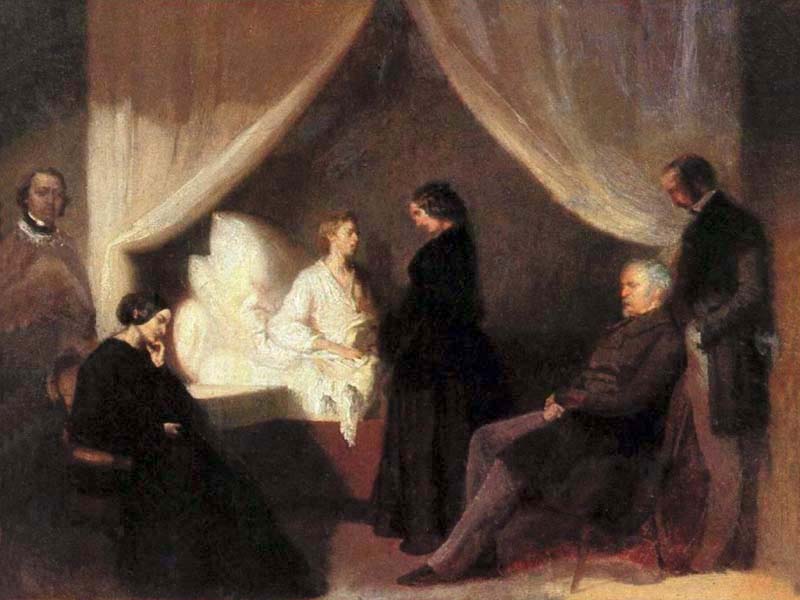
Chopin on his Deathbed
The painting romanticizes the death (consumption) of renowned composer Frédéric Chopin, portraying his final moments with emotional depth and artistic sensitivity. It captures the atmosphere of sorrow and beauty, emphasizing the artist's transition from life to death.
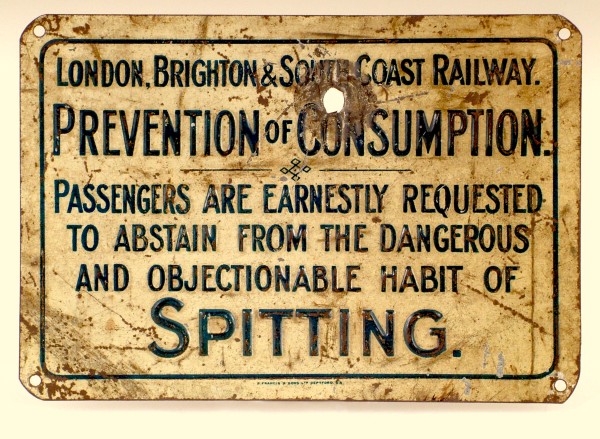
“Prevention of Consumption” sign
A historical public health campaign aimed at reducing tuberculosis transmission, often featuring educational messages and imagery to promote hygiene and health awareness. While the sign emphasized the need for proper hygiene, it created controversy by placing emphasis on practices such as spitting, which are not the main mode of TB transmission.
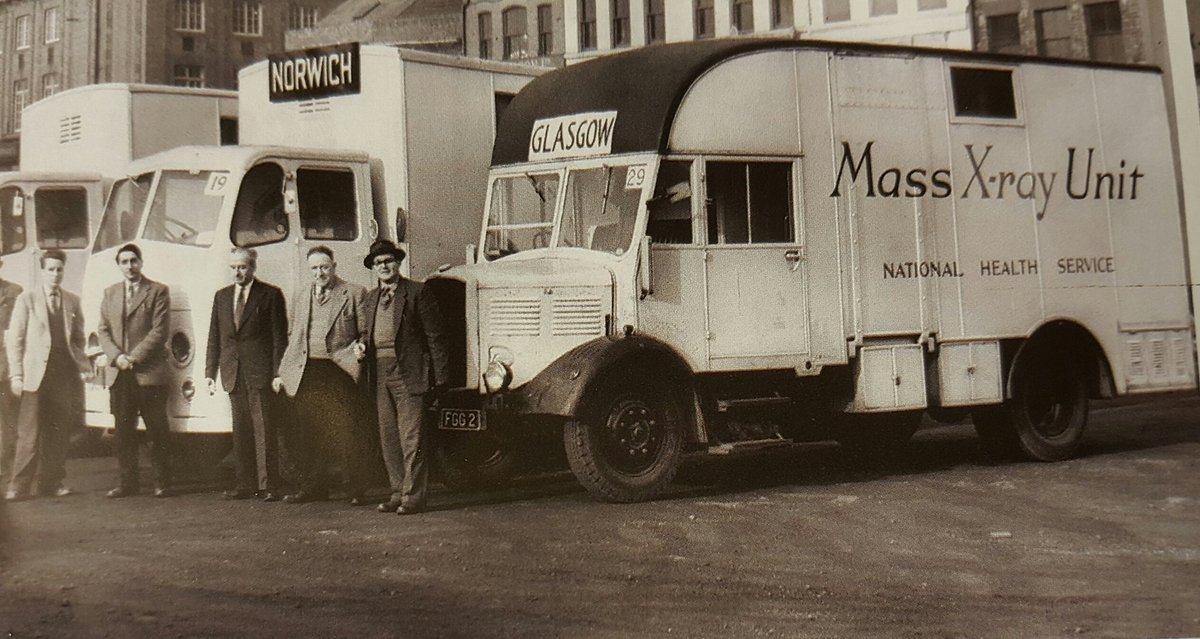
Mobil X-Ray Units
Portable X-ray machines used for mass screening. These units traveled to various communities to provide X-ray screenings, making TB detection accessible to underserved areas and contributing to public health campaigns aimed at reducing the spread of the disease.
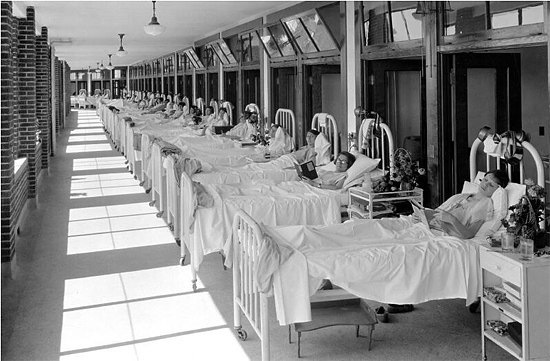
TB Sanatoriums
Facilities for treating tuberculosis patients, featuring fresh air, nutrition, and rest, aimed at recovery and improving patient health. These institutions played a significant role in the early 20th century public health approach to managing tuberculosis. Poor and lower-class individuals often faced significant barriers in accessing treatment at TB Sanatoriums due to high costs associated with care, such as room and board, medical services, and the duration of stay required for effective treatment. This lack of financial resources meant that many could not afford the necessary care, which impeded equitable access to treatment and contributed to higher mortality rates among these populations.
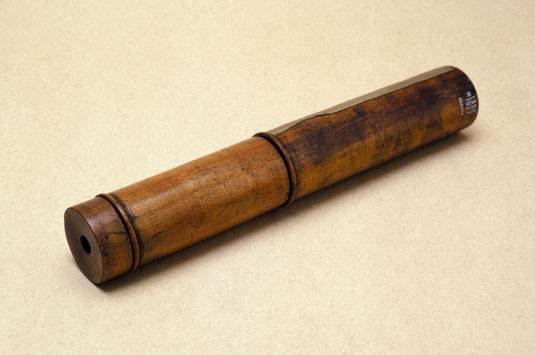
Laennac’s Stethoscope
An early acoustic stethoscope invented by René Laennec, used to listen to internal body sounds, particularly the lungs and heart. This invention significantly advanced the practice of diagnosing respiratory diseases, including tuberculosis. Primarily used until X-Rays were made. They could listen and know if a patient had a disease like TB or not.
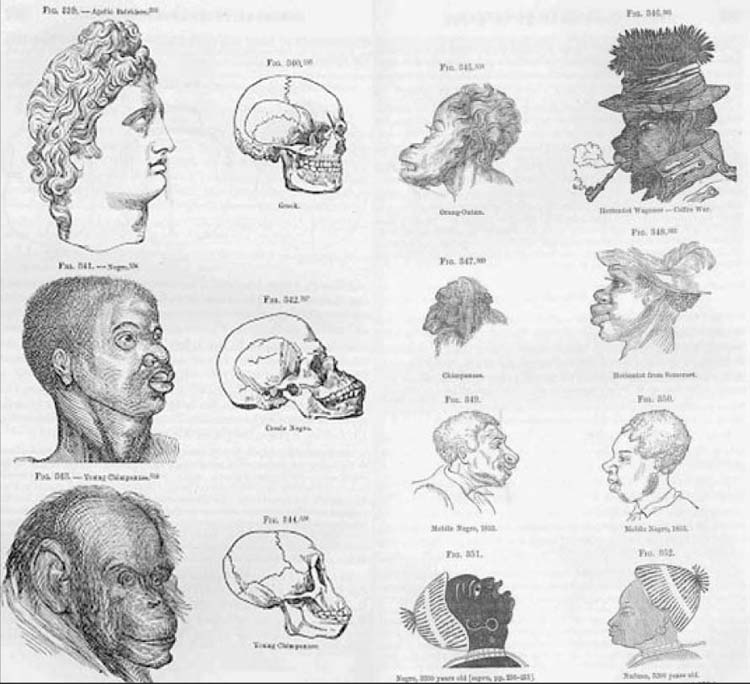
Illustration from Types of Mankind, 1854
Establishes a hierarchy of mankind, used by proslavery advocates pre Civil War. This illustration presented racial categorizations that supported the notion of white supremacy and justified slavery, impacting social and political attitudes during that era. It was all based upon pseudoscience.

Lydia Pinkham’s Vegetable Compound
A popular herbal remedy in the 19th century, marketed to treat women's ailments, particularly menstrual and menopausal symptoms. It contributed to the growing interest in alternative medicine and the role of women in healthcare. It was essentially ground up and liquified vegetables. Hysterical women underwent hysterectomies and all reproductive organs were removed. Pinkham said that her vitamin would be a cure all for women.

Heroic Therapeutics
A medical approach from the 19th century that emphasized aggressive treatments, such as bloodletting and purging, aimed at combating disease by inducing drastic changes in the body. This method was based on the belief that illness was a result of an imbalance in bodily fluids. Also known as the regulars, they focused on therapeutics rather than theory. A 19th-century medical practice relying on extreme measures to treat illness, often leading to more harm than good.
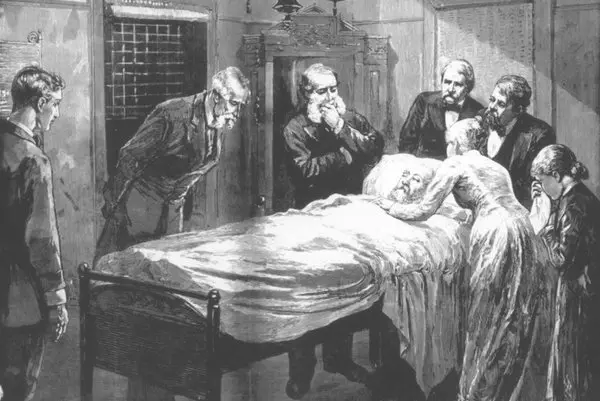
President James Garfield attended by his physicians
was a significant event in medical history, highlighting the challenges of 19th-century medicine. Garfield's treatment often exemplified the limits of surgical knowledge and antisepsis, ultimately leading to his death due to infection from unsterile practices. His physicians often resorted to probing his wounds with unsterilized instruments, which contributed to infections.

M1861 US Percussion Car Rifled Musket with ammunition
The battlefield injuries caused by the M1861 US Percussion Car Rifled Musket necessitated the development and refinement of surgical techniques and medical practices in Western medicine, including the use of anesthesia and antiseptic methods. The overwhelming number of casualties prompted medical professionals to improve their understanding of trauma care and led to innovations that shaped modern surgical practices.
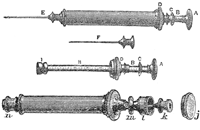
Hypodermic Needles
are medical devices used for injecting substances into the body, or extracting fluids from it. Developed in the 19th century, these needles revolutionized medicine by allowing for precise delivery of medications and vaccines, significantly improving patient care.
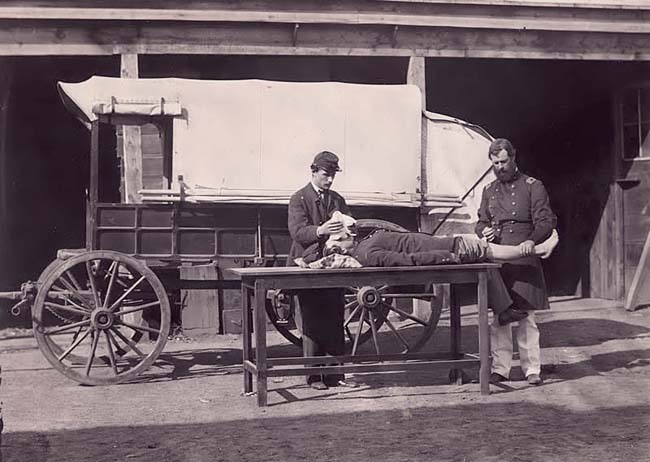
Surgeon administering general anesthesia to a soldier
during a surgical procedure was a pivotal advancement in 19th-century medicine. This practice allowed for pain-free operations, transforming surgical approaches and patient experiences.
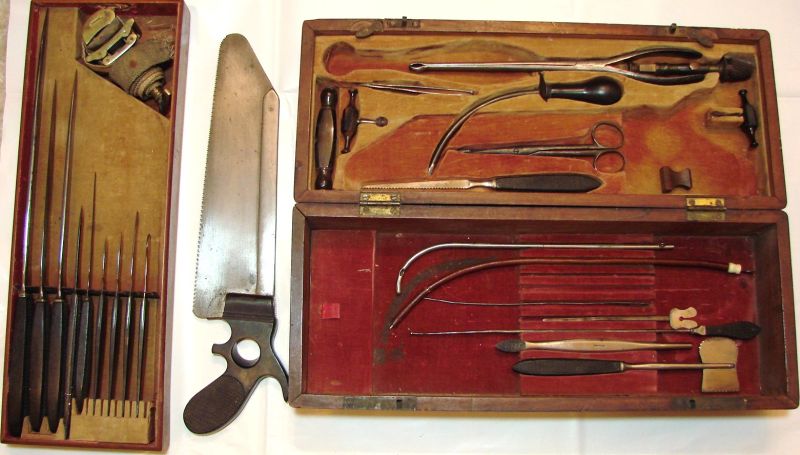
The Surgeon’s Kit
was a collection of instruments used by surgeons in the 19th century, essential for performing various surgical procedures. This kit typically included scalpels, forceps, and suturing materials, which improved surgical efficiency and outcomes. It facilitated more sterile and efficient surgical operations, contributing to lower mortality rates and better patient outcomes. The development of comprehensive surgical kits also reflected the growing professionalism and specialization within the field of medicine during this period.
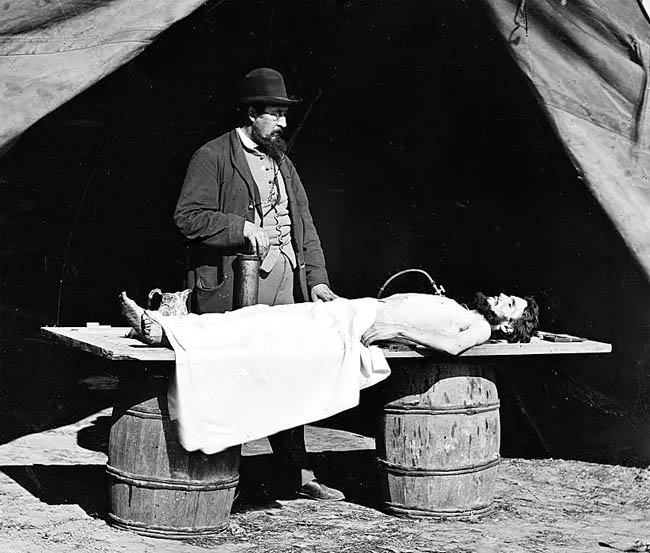
Dr. Richard Burr, embalming surgeon
was a pioneering figure in 19th-century medicine known for advancing the technique of embalming. An embalming surgeon is a medical professional who specializes in the preservation of human remains through the process of embalming. This involves the injection of chemical fluids, typically formaldehyde-based solutions, into the circulatory system to prevent decomposition and provide a more lifelike appearance for funerals and memorial services. His contributions helped establish embalming as a professional field, emphasizing the importance of preserving bodies for funerary purposes and medical study.
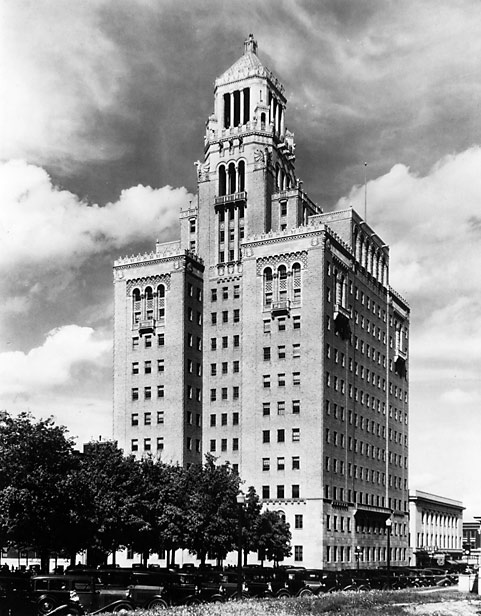
The Mayo Clinic
is a renowned medical center established in the late 19th century in Rochester, Minnesota. It is known for its patient-centered approach to healthcare and groundbreaking research, becoming a leader in medical education and innovative treatments. Its emphasis on evidence-based practices has led to significant advancements in various fields of medicine, including oncology, cardiology, and neurology, solidifying its role as a leader in the evolution of Western medical practices.
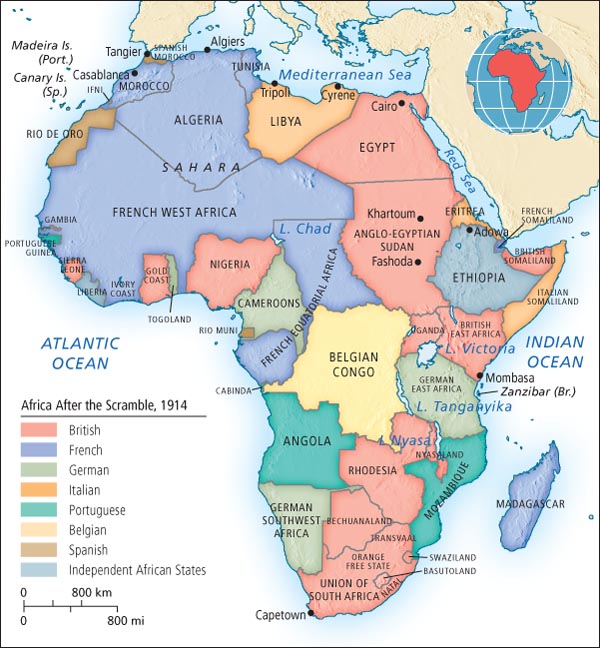
Map of Africa “After the Scramble, 1914”
reflects a significant period in the history of Western medicine as it coincides with the colonial expansion by European powers, which impacted medical practices and healthcare systems in African territories. During this period, Western medicine was often introduced alongside colonization, transforming local health practices and integrating Western medical knowledge into colonial administration. This led to both advances in medical care and complex legacies of inequality and dependency that still affect healthcare in Africa today.

19th century illustrations showing stages of Yellow Fever
Yellow fever has three main stages: the incubation stage (3-6 days without symptoms), the acute stage (fever and body aches for 3-4 days), and the toxic stage (for about 15% of patients, leading to severe symptoms like liver damage and bleeding, with a high mortality rate). The rapid progression to severe illness is primarily due to the virus damaging the liver, causing impaired blood clotting and multi-organ
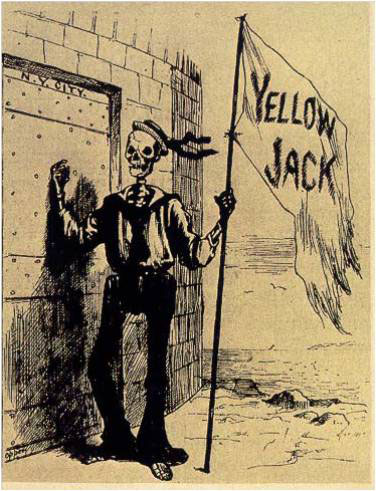
“Yellow Jack” editorial cartoon
depicts the public's perception of yellow fever during epidemics, often illustrating fear and stigma associated with the disease, as well as the role of quarantine measures in public health response.
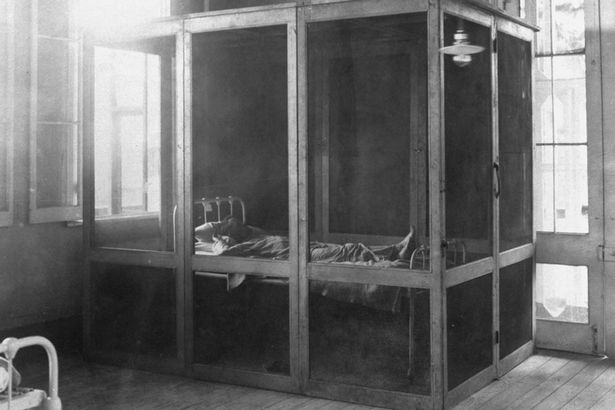
Portable Fever Cage from Panama Canal Construction Zone
was a device used to isolate and treat workers infected with yellow fever, illustrating early public health responses to controlling outbreaks during the construction of the canal. It highlights the importance of sanitation and preventive measures in managing contagious diseases.

Map showing locations where Yellow Fever remains endemic today
depicts regions in the world where yellow fever is still present, emphasizing areas in Africa and South America where the disease is a recurrent public health concern.
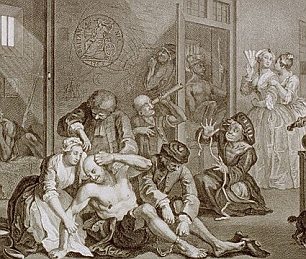
Bedlam Hospital, London
was a notorious mental institution known for its chaotic conditions and treatment of the insane. It symbolizes the historical neglect of mental health care and the stigma surrounding mental illness. Originally established in the 13th century, it became infamous for the violent treatment of patients and the public's fascination with madness, often being a place where the mentally ill were displayed like curiosities.

Rotatory Chair
is a device used in medical settings to study the vestibular system and assess balance and motion perception. It involves rotating the patient to evaluate their responses to changes in movement. The rotatory chair was utilized in mental hospitals for evaluating patients' vestibular functions, particularly in cases of balance disorders. By inducing controlled rotational movements, clinicians could assess how well patients' balance systems responded, helping to inform treatment strategies for individuals experiencing vertigo or spatial orientation issues.
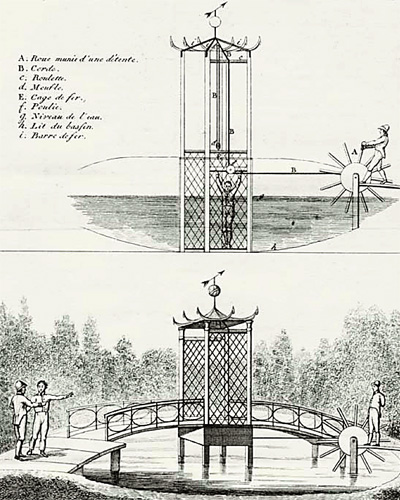
Drowning Therapy
was a controversial treatment method used in the past for mental health disorders, where patients were submerged in water as a form of 'therapeutic' intervention. This practice highlighted the extreme and often dangerous measures employed in early psychiatry.
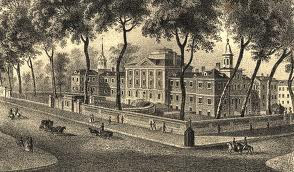
The PA Hospital in Philadelphia, est. 1756
is one of the oldest hospitals in the United States, known for its innovative approaches to patient care and its role in the history of medical education and health care reform. It was established by the Pennsylvania Hospital chartered by Benjamin Franklin and Dr. Thomas Bond, focusing on treating the mentally ill and offering various medical services. Visiting the mad became a source of entertainment, people wanted to see the mentally ill and make fun of them.
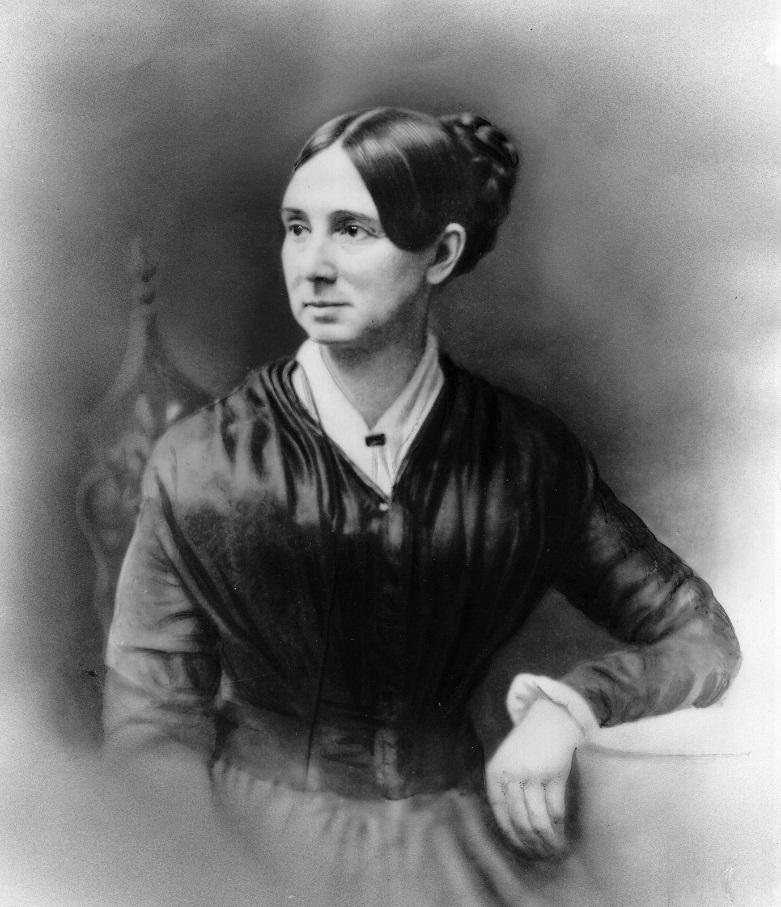
Dorothea Dix Asylum Reform
was a movement led by Dorothea Dix in the 19th century aimed at improving the conditions of asylums and mental health facilities. Dix advocated for the humane treatment of mentally ill patients, emphasizing the need for better care, increased funding, and the establishment of new, more effective treatment facilities. The first 3 years her reform worked, but the crowd management got out of control and patients were still treated poorly. Despite initial successes, overpopulation and inadequate staffing led to continued challenges in patient care.
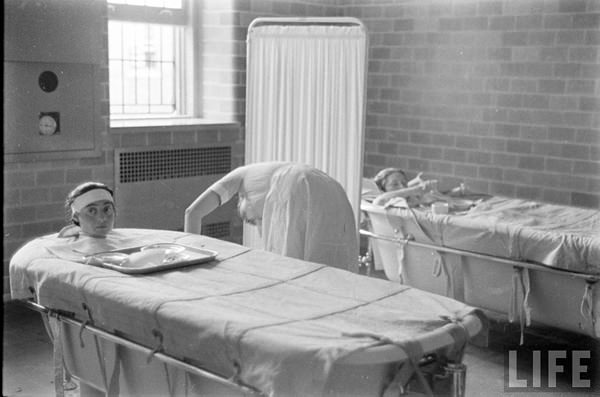
Hydrotherapy practices
involved the use of water for therapeutic purposes, including treatment of physical ailments and mental health disorders. Hydrotherapy practices often included harsh methods such as prolonged water immersion, forced bathing, or extreme temperature treatments, which could lead to physical distress, trauma, and further psychological harm. Such practices reflected a misunderstanding of mental illness, where the use of water as a therapeutic tool frequently resulted in more harm than benefit for vulnerable patients.

The case of Howard Dully
is a notable example of the consequences of lobotomy procedures performed in the mid-20th century. At just 12 years old, Howard Dully underwent a controversial lobotomy, which deeply affected his life and highlighted the ethical concerns surrounding mental health treatments at that time. Howard Dully's case exemplifies the tragic outcomes of lobotomy surgeries in the mid-20th century. Subjected to this radical procedure at the young age of 12, Dully's experience brought attention to the moral implications and potential harm of such mental health interventions.
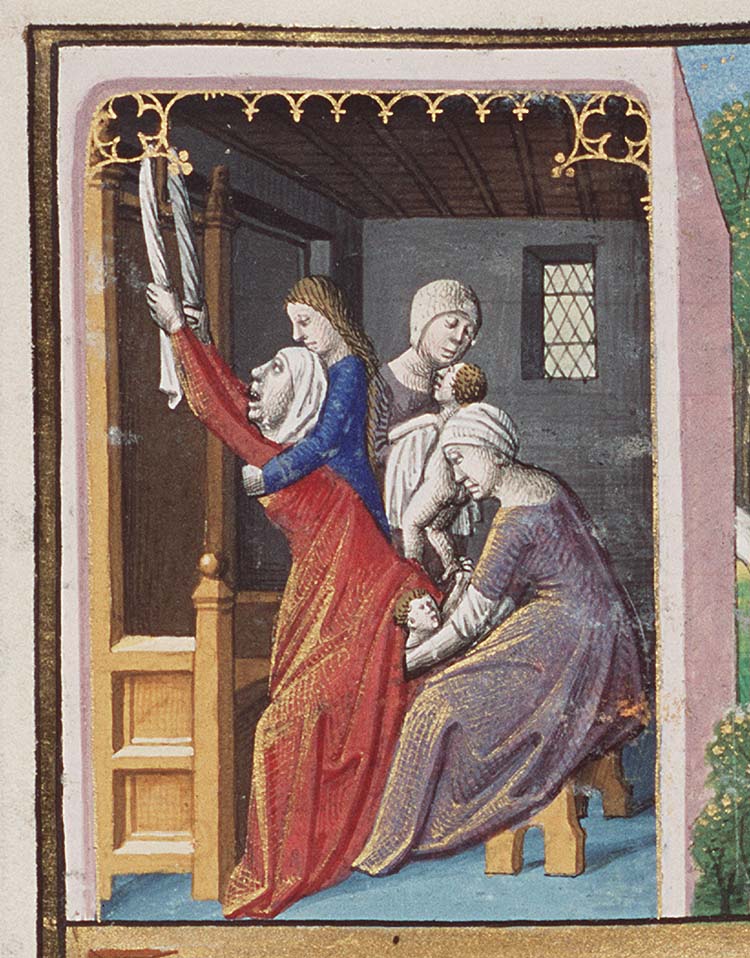
Birthing positions and Delivery chairs
Work with gravity and let nature do its own thing. Delivery positions: kneeling, sitting in assistants lap. Birthing chairs: stools- no man in sight.
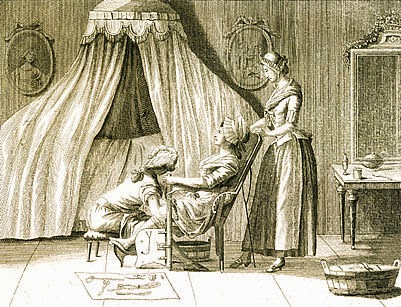
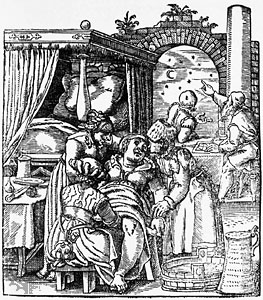
The Social Birth
In the pre-1800s, birth transformed into a social event due to various cultural and community practices. Family and friends played pivotal roles in the birthing process, often attending mothers during labor to provide support and assistance. The presence of community members not only offered practical help but also contributed to a collective understanding of childbirth, reinforcing social bonds and shared experiences.
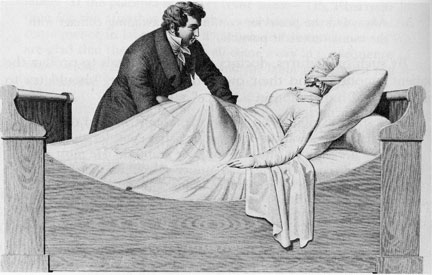
“The Touch”
'The Touch' refers to a practice in the 18th century where it was believed that the touch of a man, especially a physician or a person of high status, could influence childbirth and ensure safer deliveries. This belief was rooted in cultural notions of masculinity and power, suggesting that the presence of a man could offer strength or healing to the birthing process. The belief in 'The Touch' led to an increased role of male physicians in childbirth, as women traditionally attended by midwives began to compete with male practitioners. This transition often reflected societal changes regarding gender roles and the perception of authority in medical practices, which sometimes undermined the longstanding expertise of midwives.
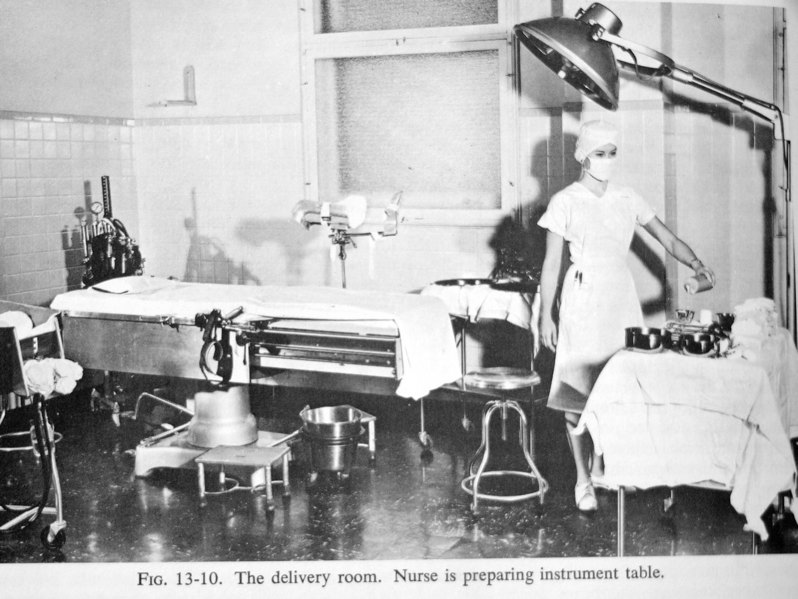
Twilight Sleep
A method of childbirth developed in the early 20th century, involving the use of medication to create a state of sedation and amnesia for the mother during labor, aimed at reducing the pain of childbirth. It often utilized a combination of narcotics and anesthetics, notably the use of scopolamine and morphine, to ease the birthing experience. This technique allowed mothers to experience less pain and forget the event, but it also raised concerns about the safety and long-term effects on both mother and child.
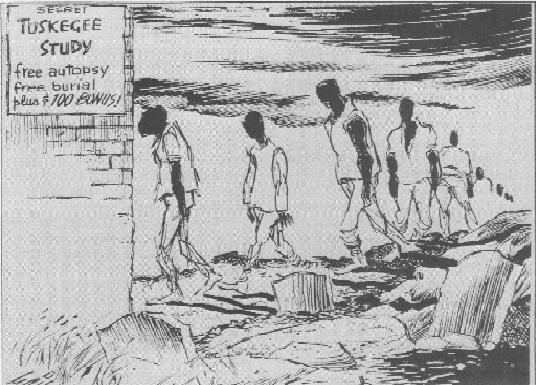
Tuskegee Syphilis Study editorial cartoons, 1972
visual critiques highlighting ethical violations and racial discrimination in medical research associated with the study. These cartoons served as a medium to raise awareness about the injustices faced by African American participants and called for accountability from the medical community.
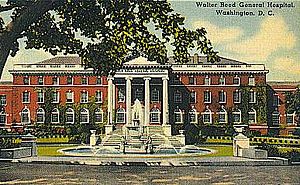
Walter Reed General Hospital
A military hospital established in 1909 in Washington, D.C., named after the Army physician Walter Reed, who led research on yellow fever. It became a center for medical research and treatment, particularly for U.S. military personnel. It was instrumental in training military medical personnel, offering a setting for practical experience and advanced medical education. Additionally, it provided specialized treatments, particularly in areas like infectious diseases and surgery, that catered specifically to the needs of soldiers and veterans.
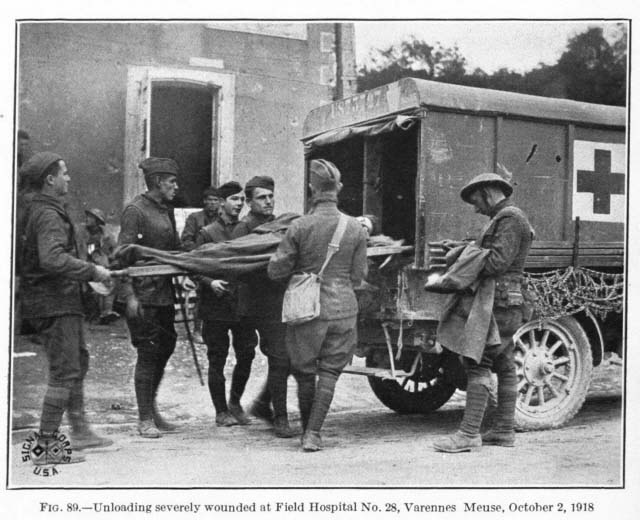
WWI Mobile Hospitals (MHs)
Field hospitals designed for rapid deployment during World War I, providing immediate medical care to wounded soldiers in close proximity to the front lines. These hospitals were equipped to handle surgical procedures and save lives in emergency situations. These units allowed for quicker evacuation and treatment, significantly improving survival rates among injured troops.
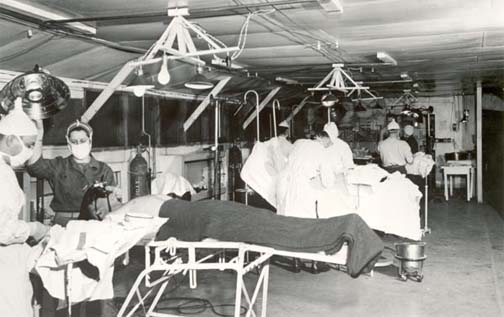
MASH Unit- lasted until 2006
A Mobile Army Surgical Hospital unit that provided surgical care in combat zones, extending beyond the Vietnam War until their phase-out in 2006. They were designed for rapid response to battlefield injuries and included advanced surgical capabilities to minimize mortality.
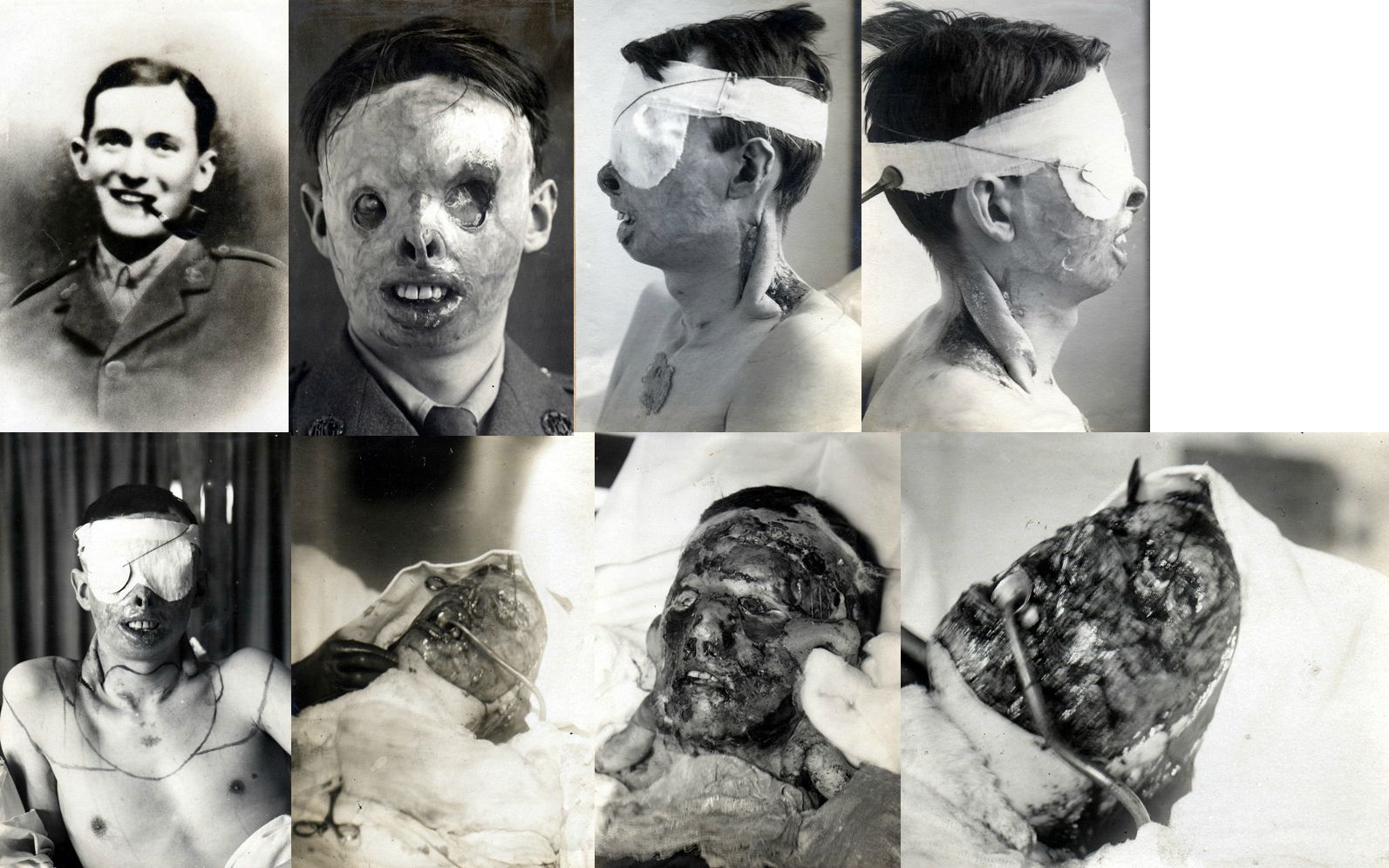
WWI Plastic Surgery Patients
Soldiers who underwent reconstructive surgery after sustaining severe injuries during World War I. This practice advanced techniques in plastic surgery and rehabilitation, significantly improving the physical and psychological recovery of veterans. During WWI, Harold Gillies developed advanced surgical procedures for reconstructing the faces of soldiers who had been injured by gunfire and explosions, including pioneering techniques for skin grafting and flap surgery, which laid the groundwork for future reconstructive surgeries.
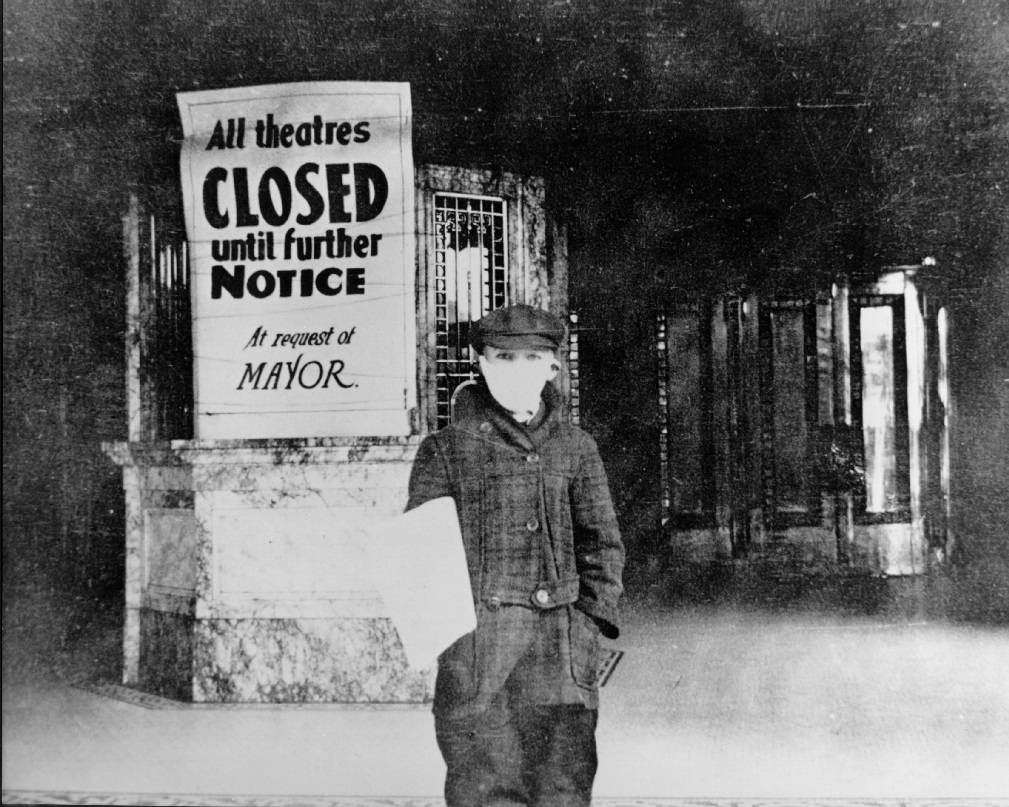
Public Health measures in St. Louis, 1918
Initiatives implemented to control the spread of the influenza pandemic in St. Louis during 1918, including quarantine measures, public gatherings bans, and the promotion of mask-wearing. These measures significantly reduced infection rates compared to other cities that did not enforce such restrictions. , St. Louis experienced lower mortality rates compared to cities that did not implement similar interventions. These efforts included closing schools, theaters, and churches, alongside promoting hygiene practices and social distancing.
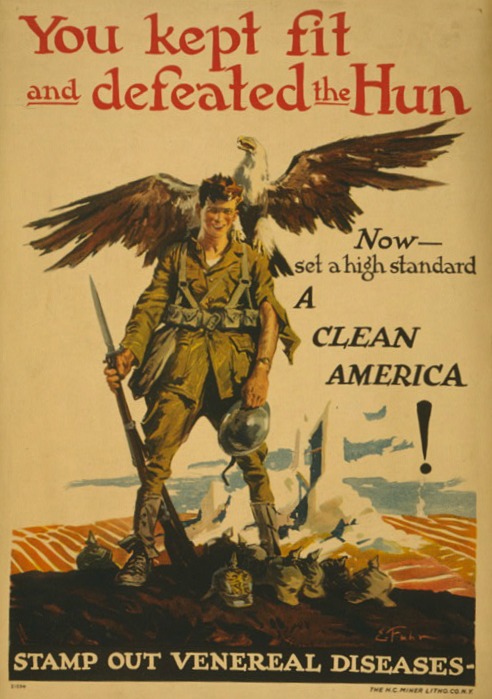
WWI Anti-VD Poster
This poster by Ernest Fuhr, produced between 1918 and 1920, targeted soldiers returning from WW1. It aimed to educate about the dangers of venereal diseases and promote prevention measures among troops. The campaign sought to reduce infection rates and maintain soldier readiness during and after the war.
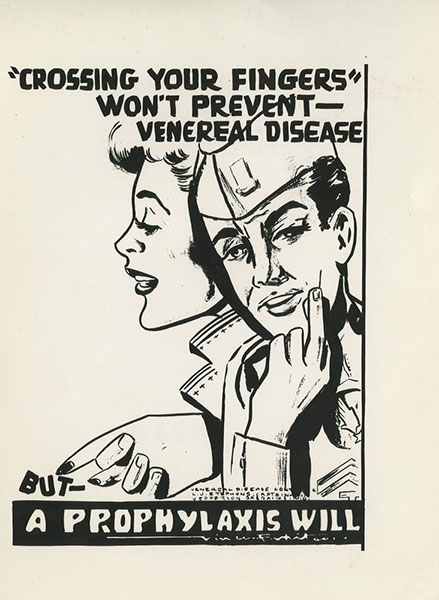
WWII Anti- VD Posters
This World War II soldier is either crossing his fingers or telling us to f*** off. This poster aimed to prevent the spread of venereal diseases among troops during World War II. Through humor and impactful imagery, the campaign educated soldiers on the importance of safe practices to maintain their health and readiness. The other English poster was used in the lead-up to D-Day with a different take on the dangers of syphilis. This time, it’s the gents who are the diseased floozies. British, 1944. Utilizing humor and imagery, these posters aimed to educate soldiers about venereal diseases, emphasizing safe practices to ensure troop health and readiness during WWII.
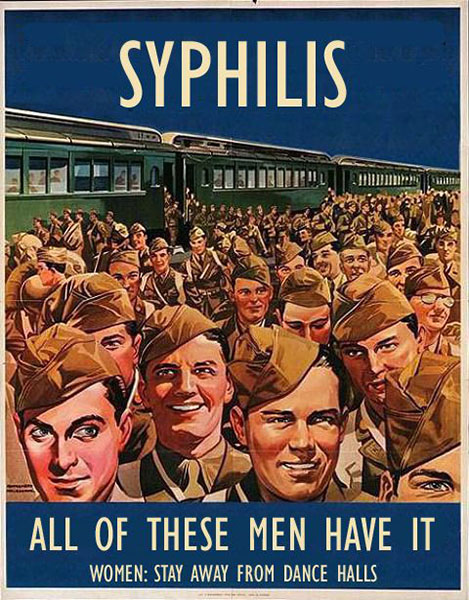
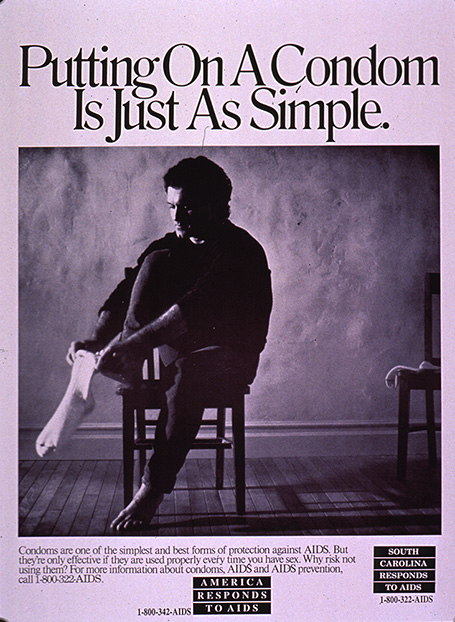
AIDS Awareness Campaigns
These campaigns emerged in the 1980s to educate the public about HIV/AIDS, promote safe sex practices, and reduce stigma surrounding the disease. They aimed to increase testing, awareness, and support for those affected. A series of initiatives launched in response to the HIV/AIDS crisis, focusing on education, prevention, and support for affected individuals.

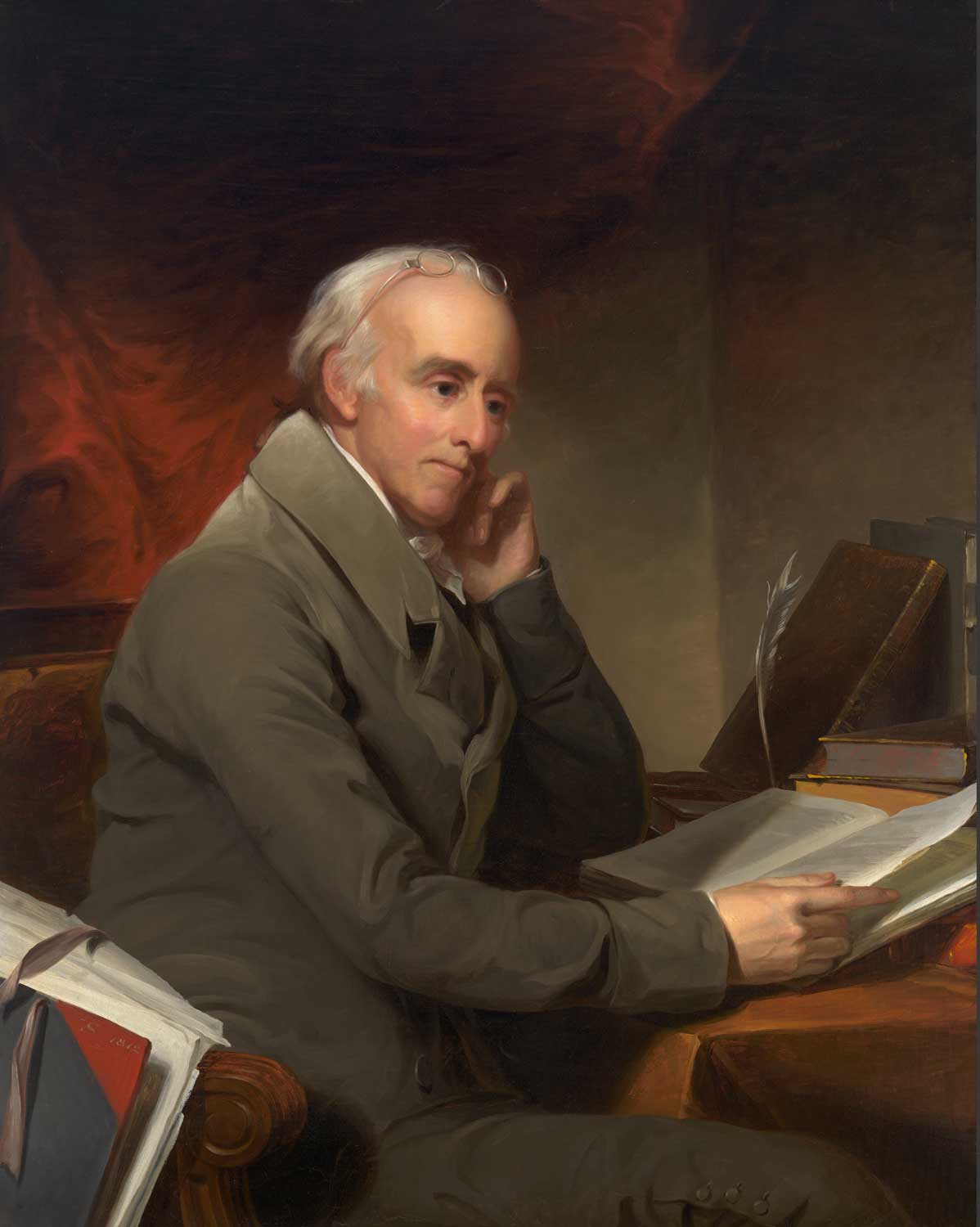
Benjamin Rush
A prominent physician and signatory of the Declaration of Independence, Benjamin Rush is known for his contributions to early American medicine, particularly in advocating for mental health and emphasizing the importance of public health reform. He was a founding member of the American Psychiatry Association and championed the humane treatment of the mentally ill. He promoted education on public health issues, including sanitation and disease prevention, and was influential in establishing the first medical school in America.
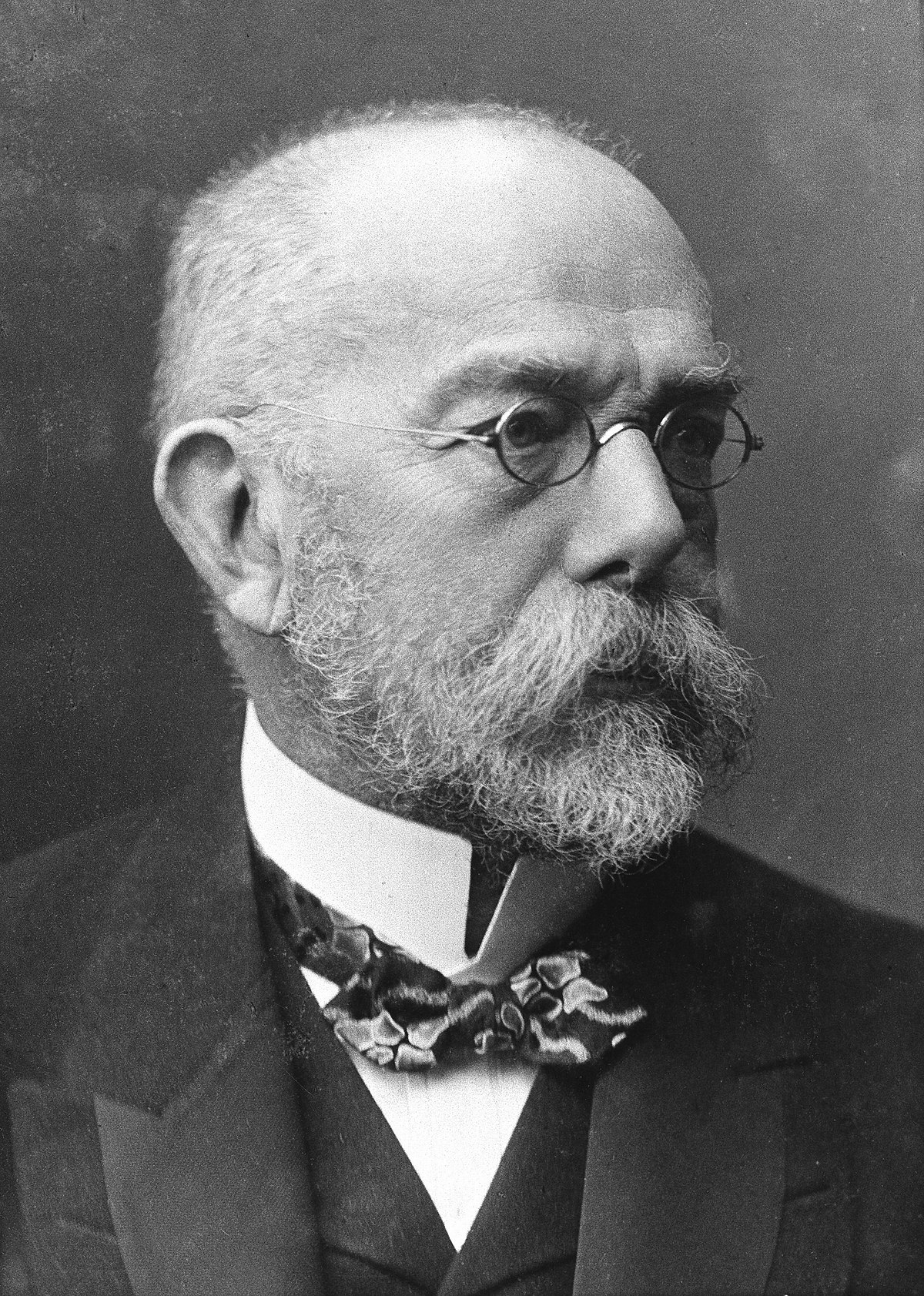
Robert Koch
A pioneering microbiologist known for his work in identifying the causative agents of tuberculosis and cholera. Koch developed Koch's postulates, a foundational framework for establishing links between pathogens and diseases, significantly advancing the field of bacteriology. He also contributed to the development of laboratory techniques and was awarded the Nobel Prize in Physiology or Medicine in 1905 for his discoveries.
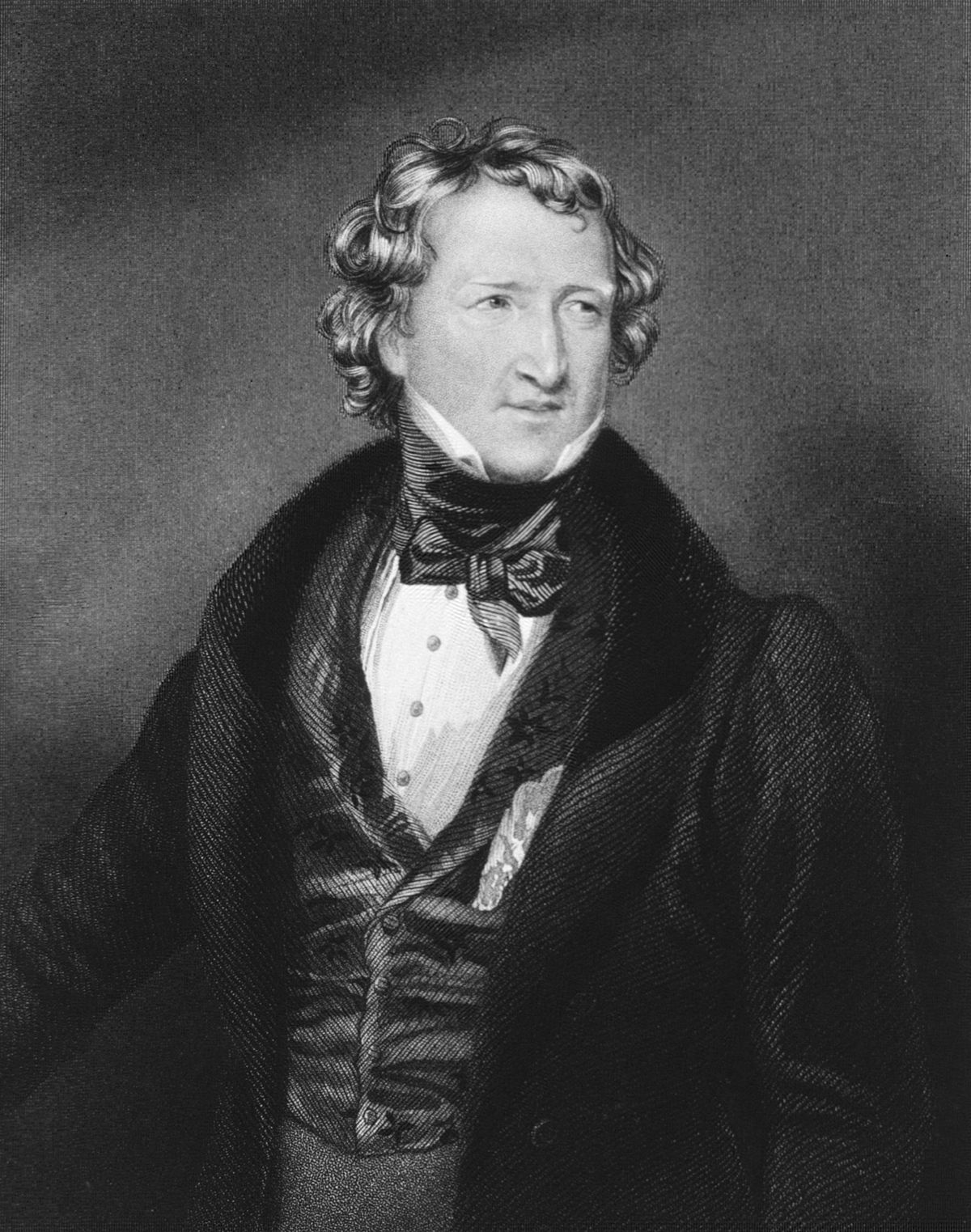
Thomas Wakley
He founded The Lancet in 1823, which revolutionized medical journalism by providing a platform for critical analysis and dissemination of medical knowledge. He also advocated for medical reform and was a member of parliament who championed public health issues.
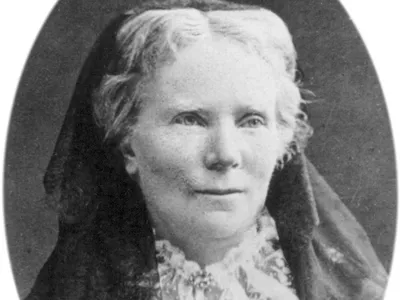
Elizabeth Blackwell
The first woman to receive a medical degree in the United States, Elizabeth Blackwell founded the New York Infirmary for Women and Children. She advocated for women's rights in medicine and played a crucial role in opening medical education to women.
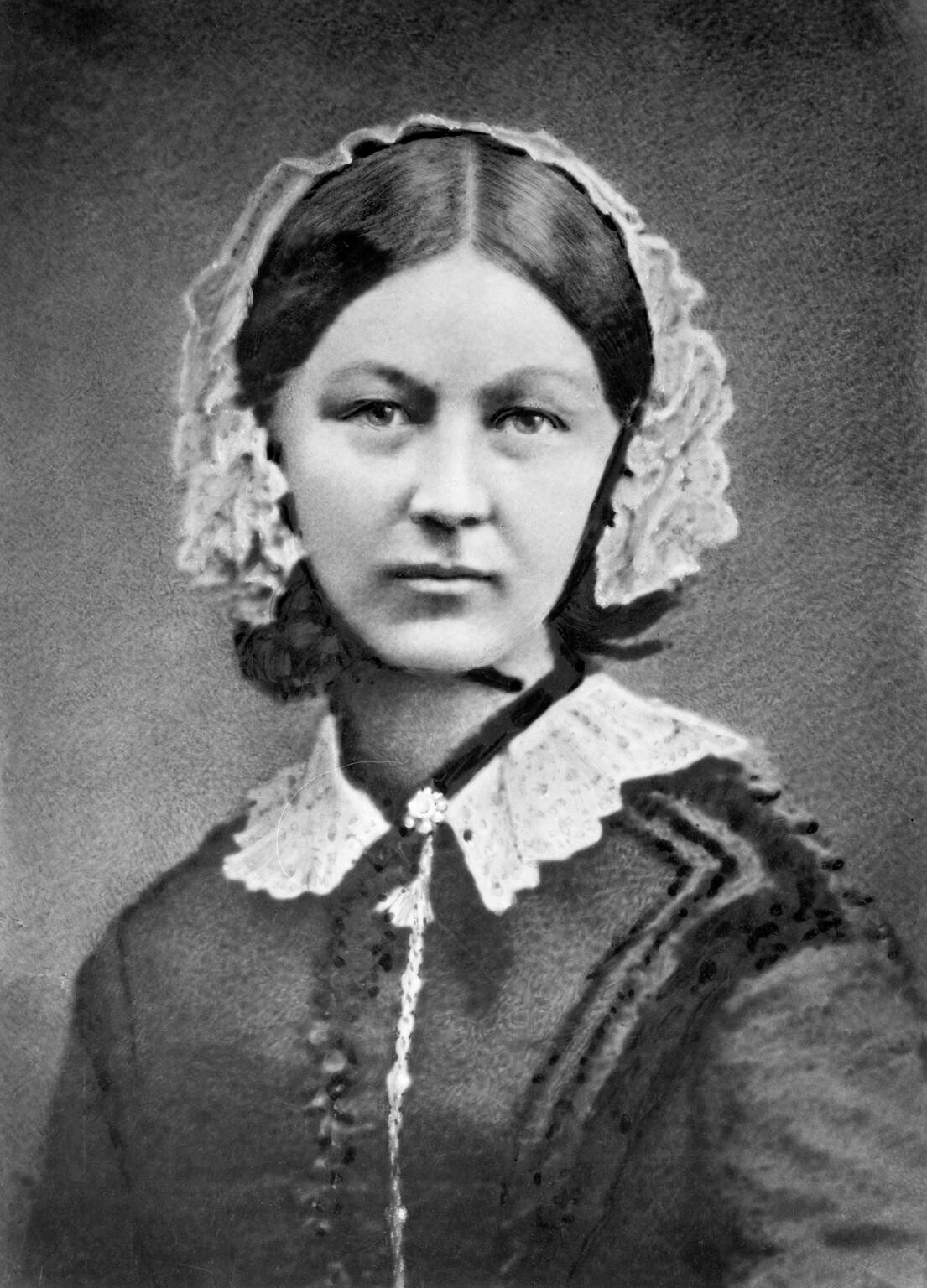
Florence Nightingale
A foundational figure in nursing, Florence Nightingale established modern nursing practices and emphasized the importance of sanitation and hygiene in healthcare. She is best known for her work during the Crimean War, where her efforts significantly reduced the death rate of wounded soldiers.
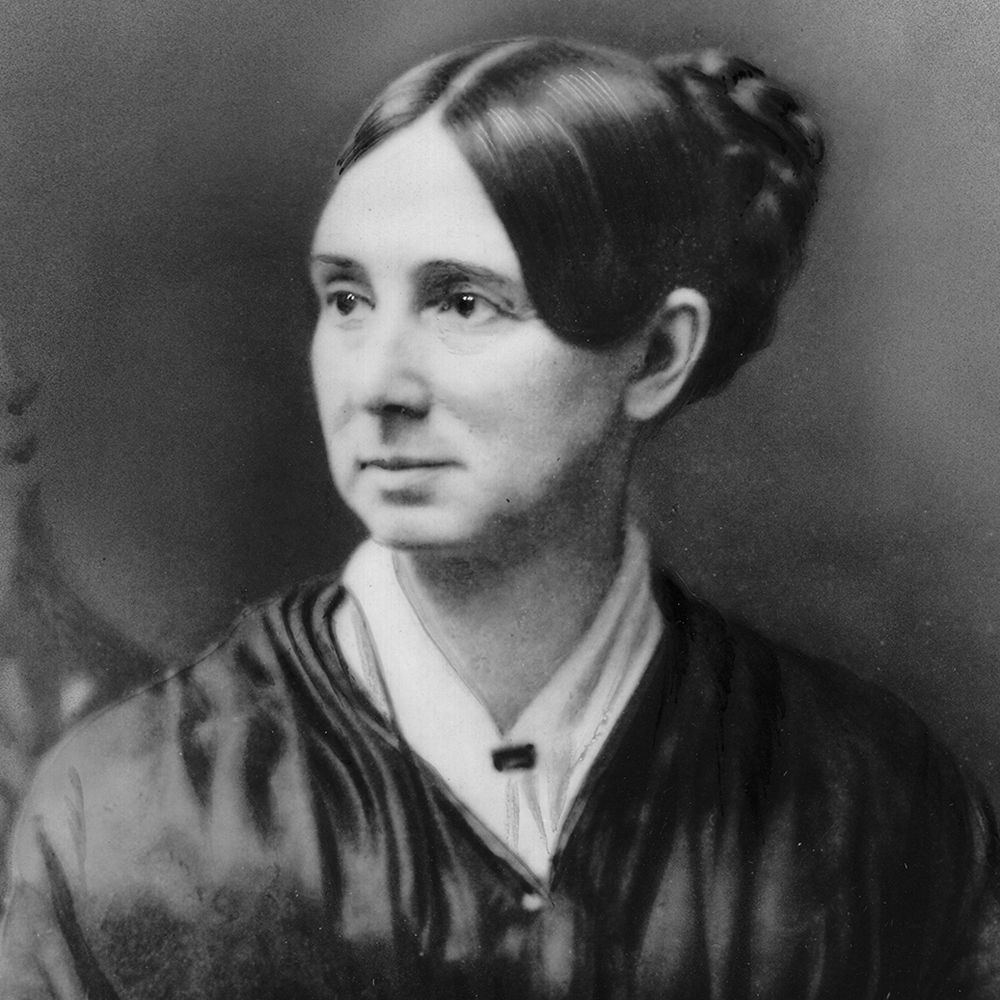
Dorothea Dix
A social reformer and advocate for the mentally ill, Dorothea Dix played a pivotal role in establishing mental health care reforms in the United States. She lobbied for better treatment of the mentally ill and was instrumental in creating numerous mental hospitals. She is known for her tireless efforts in advocating for humane treatment and reforming the mental health system, leading to the establishment of over 30 mental health facilities.
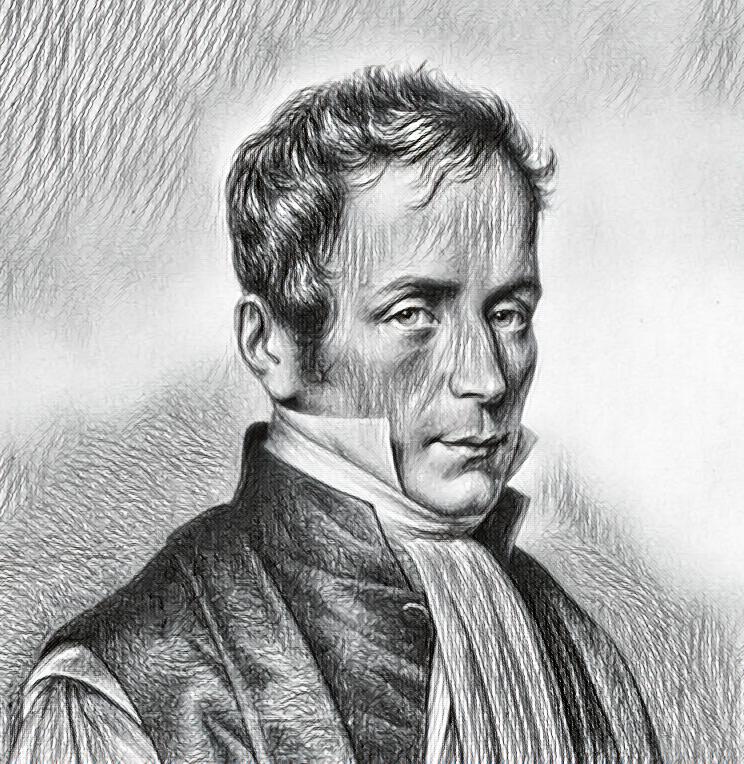
Theophile Hyacinthe Laennac
A French physician best known for inventing the stethoscope, which revolutionized the practice of auscultation in medicine. Laennec's contributions laid the groundwork for modern physical examination techniques.
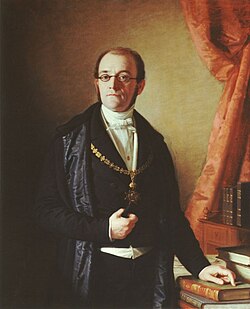
Carl von Rokitansky
An Austrian pathologist and one of the founders of modern autopsy practices. Rokitansky significantly advanced the field of pathology through his extensive research and teaching, contributing to the understanding of diseases and their clinical implications.

Samuel Morton
An American physician and anthropologist, is known for his research in craniometry and the measurement of skulls. His work aimed to establish racial differences in intelligence based on skull size, leading to significant controversy in scientific and social contexts. Types of Mankind.
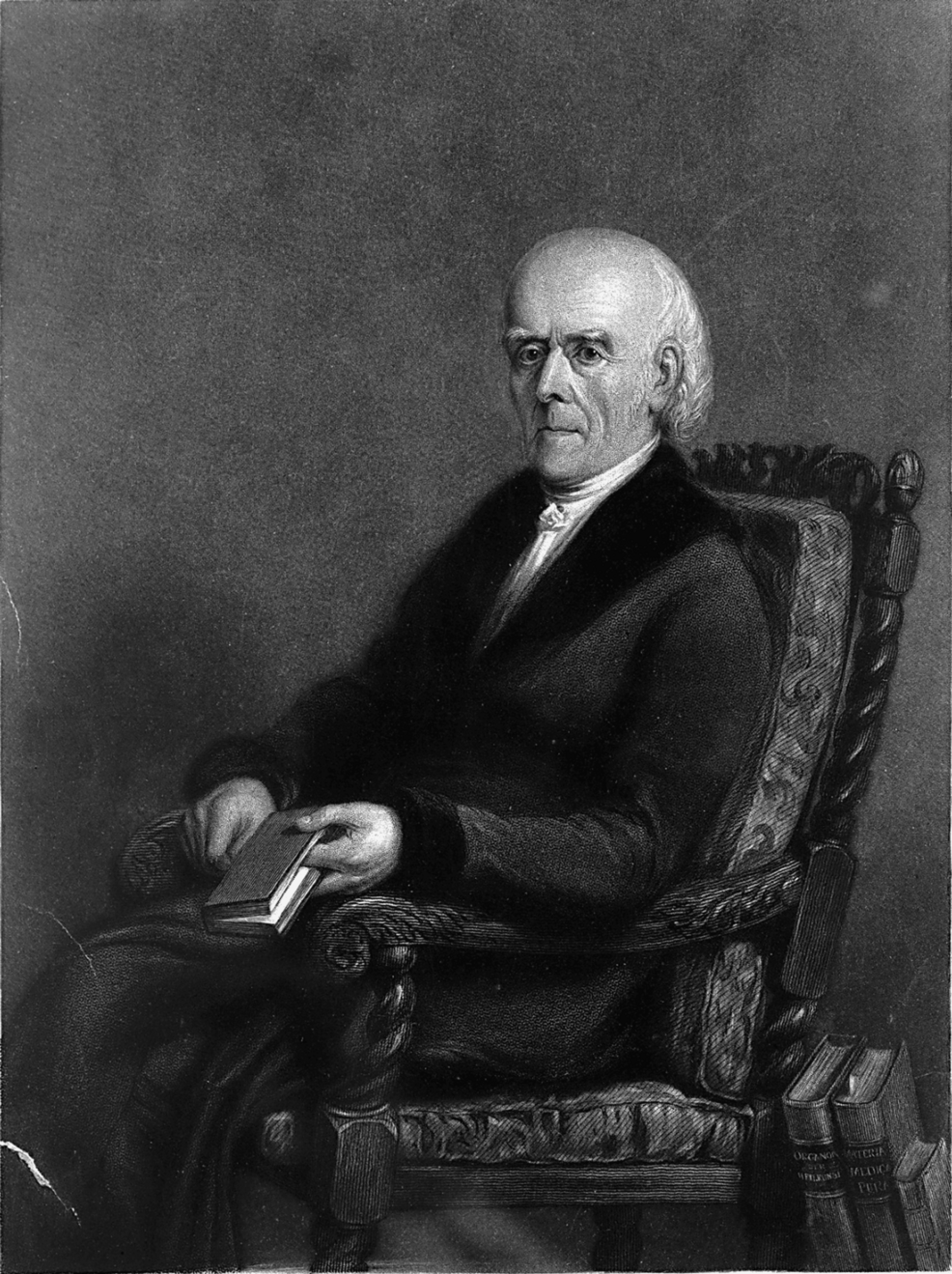
Samuel Hahnemann
The founder of homeopathy, Samuel Hahnemann developed the principles of treating diseases with highly diluted substances. His work emphasized the concept of "like cures like" and laid the foundation for alternative medicine practices.
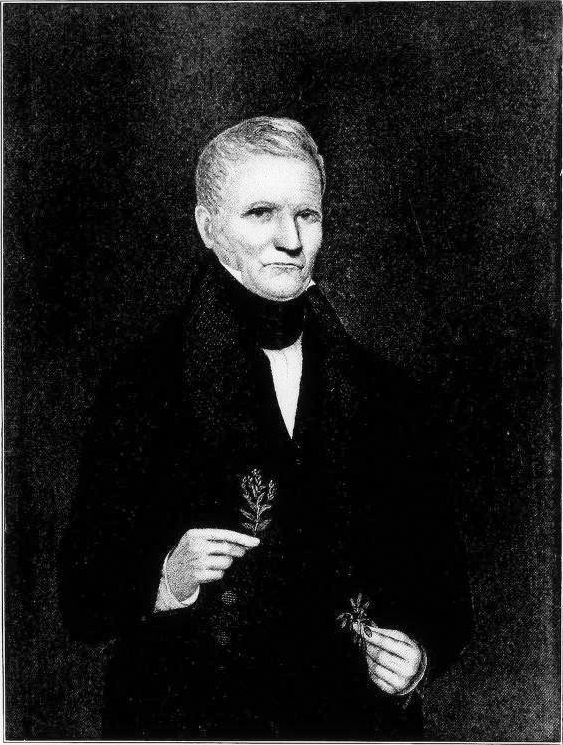
Samuel A. Thomson
An American botanical physician and the founder of Thomsonian medicine, Samuel A. Thomson emphasized the use of herbal remedies and a holistic approach to health in the early 19th century.
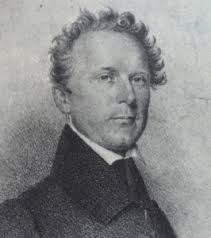
Sylvester Graham
An American dietary reformer and lecturer, Sylvester Graham is known for promoting a vegetarian diet and whole grain consumption in the early 19th century. He believed that health could be maintained through proper diet and lifestyle choices, contributing to the health movement of his time. He advocated for the use of whole-grain flour, which became known as graham flour, and for his invention of the graham cracker in 1829.
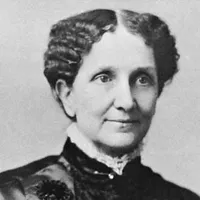
Mary Baker Eddy
The founder of Christian Science, Mary Baker Eddy emphasized spiritual healing and the idea that reality is purely spiritual rather than material. She thought that sickness was all ‘in the mind'‘. Eddy wrote the book "Science and Health with Key to the Scriptures," which outlines her beliefs and practices regarding wellness and healing.
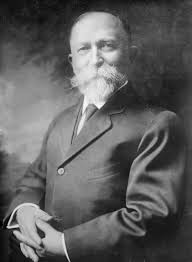
John Harvey Kellog
An American physician and nutritionist, John Harvey Kellogg was a strong advocate for vegetarianism and the importance of diet in health. He is best known for developing health treatments at his sanatorium in Battle Creek, Michigan, and for creating the first flaked cereal.
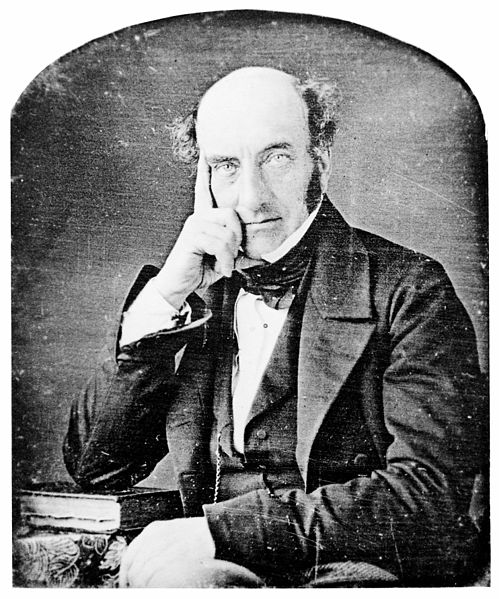
Robert Liston
A prominent Scottish surgeon in the 19th century, Robert Liston is known for his speed in performing surgeries and advancements in surgical techniques. He is famous for being one of the first to use anesthesia in surgery and for his contributions to the field of surgical education.
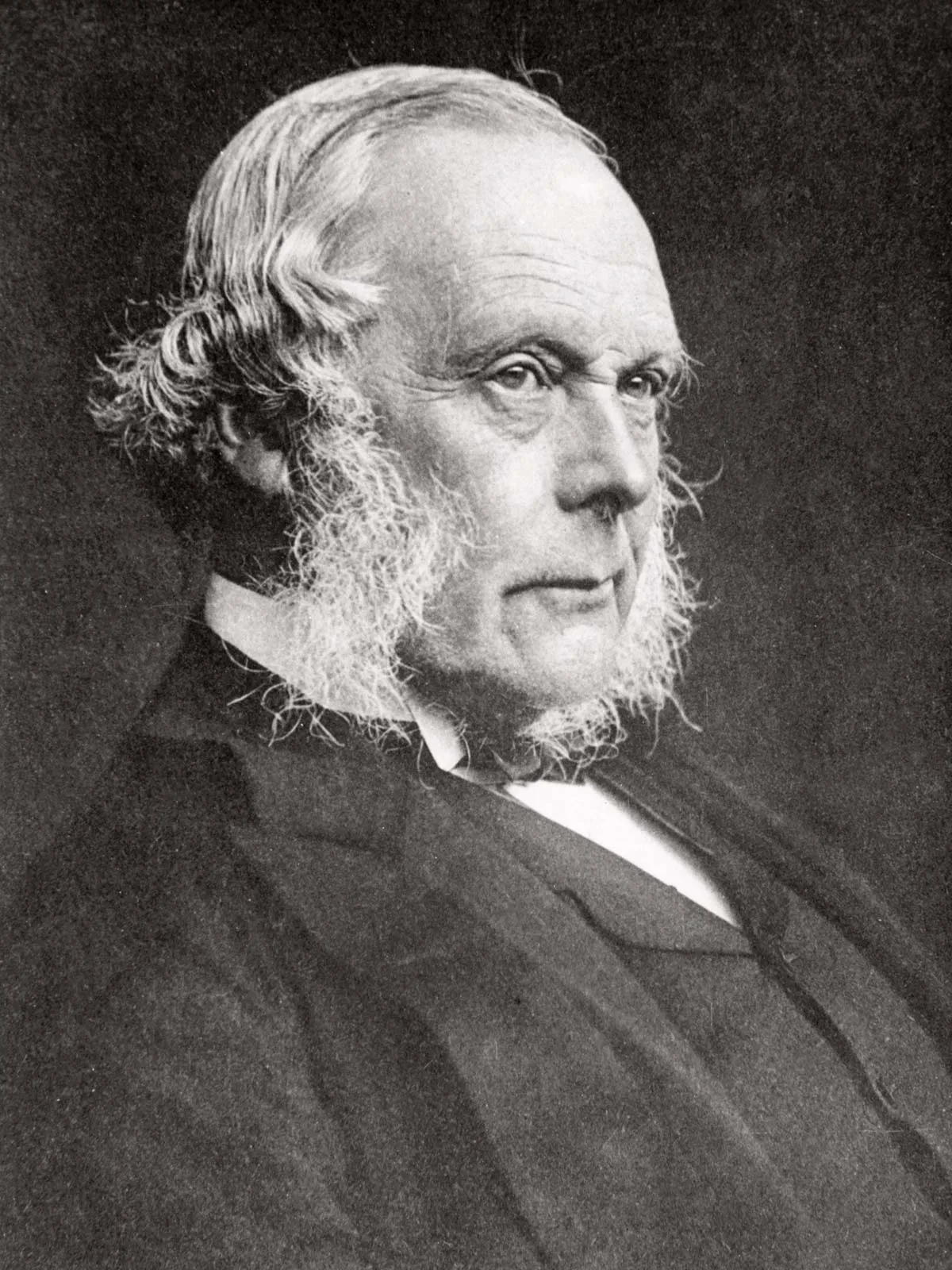
Joseph Lister
A British surgeon and pioneer in antiseptic surgery, Joseph Lister introduced methods to prevent infections during surgical procedures by using sterilization and disinfectants. His work significantly reduced post-surgical complications and revolutionized surgical practices.
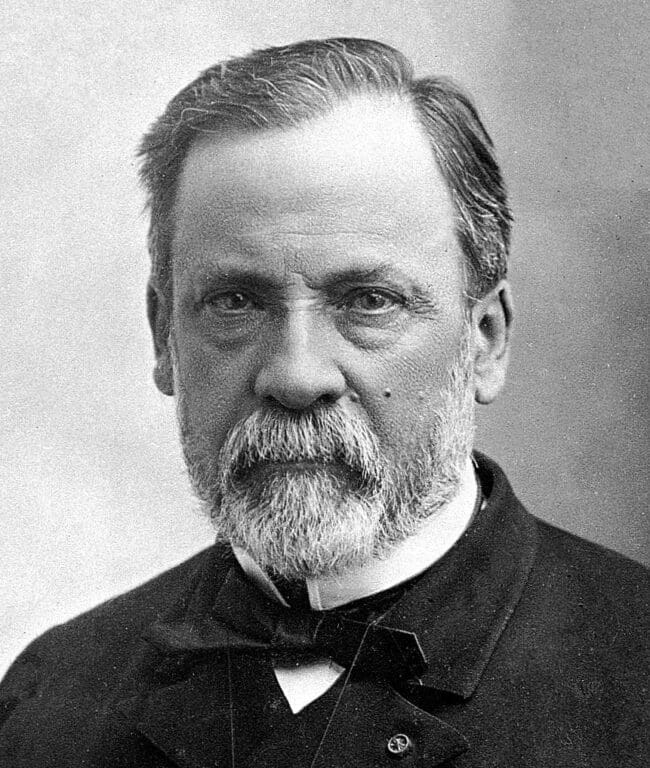
Louis Pasteur
A French microbiologist and chemist, Louis Pasteur is best known for his discoveries of the principles of vaccination, microbial fermentation, and pasteurization. His work laid the foundation for modern bacteriology and improved public health.
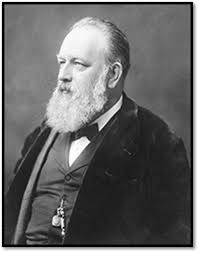
Theodor Billroth
An Austrian surgeon known for pioneering abdominal surgery and establishing the field of gastrointestinal surgery. He developed techniques that improved surgical outcomes and is often regarded as the father of modern surgery.
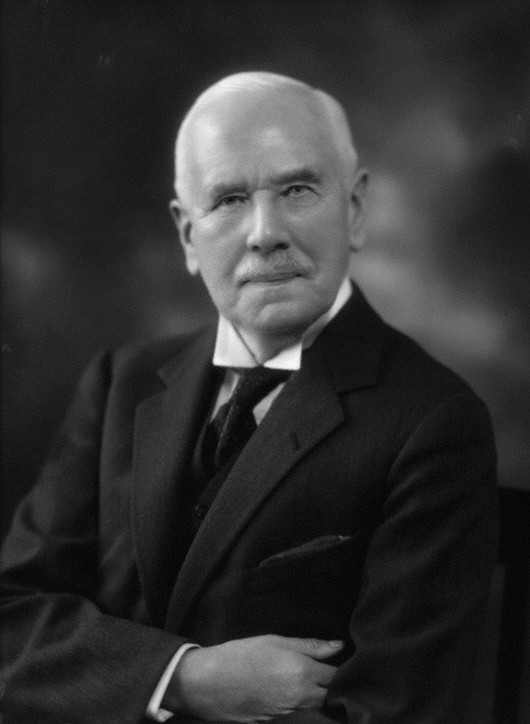
William Arbuthnot Lane
A British surgeon who was a pioneer in intestinal surgery and advocated for the surgical treatment of various gastrointestinal diseases. He is also known for promoting the idea of surgery as a solution for conditions previously thought to be purely medical.
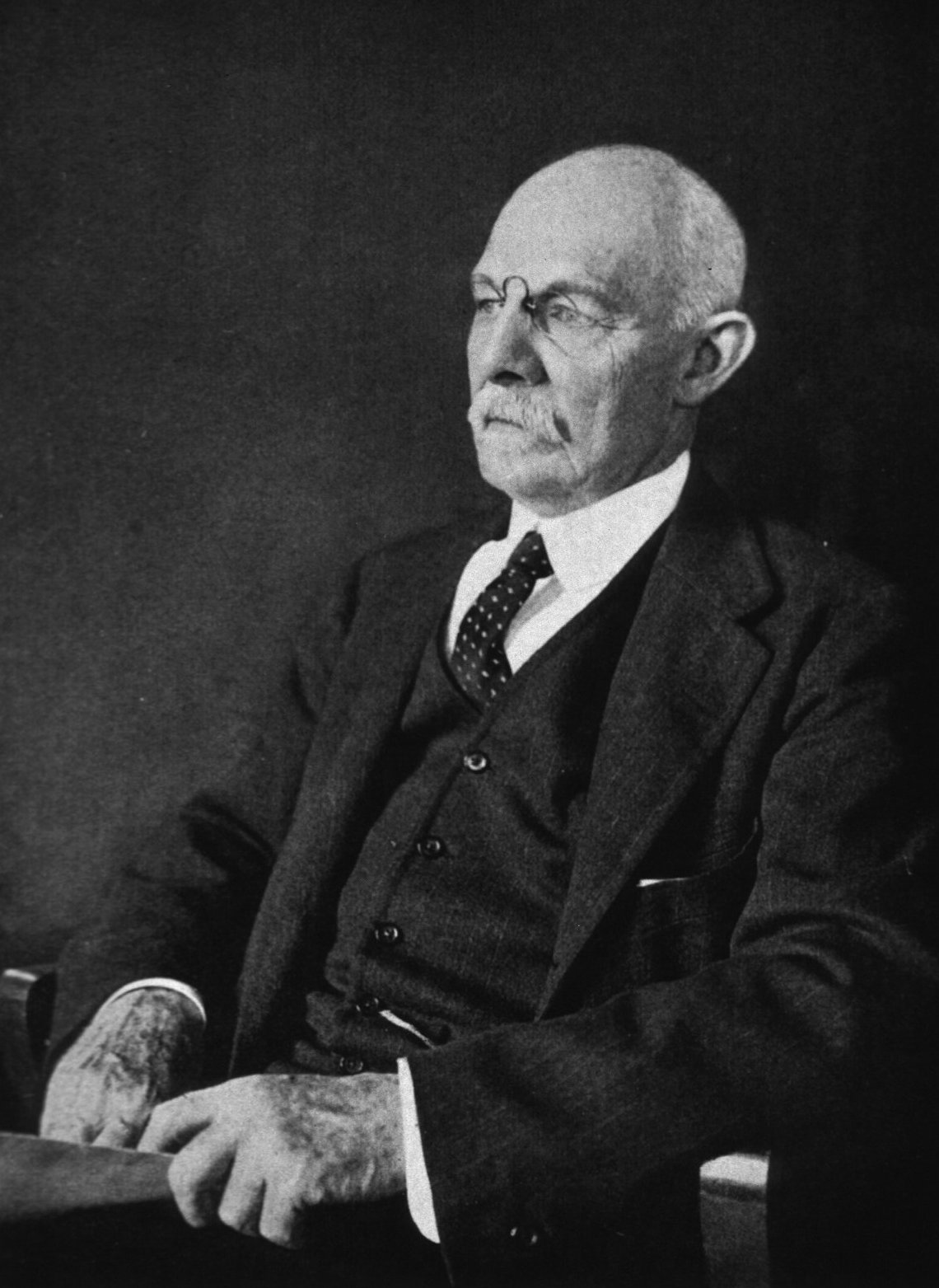
William Stewart Halsted
An American surgeon known as one of the founders of modern surgery, introduced several important surgical techniques, including the use of anesthesia and aseptic methods, and was a pioneer in breast cancer surgery.
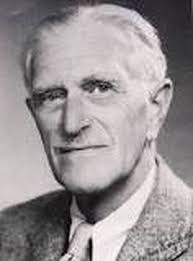
Geoffrey Keynes
A British surgeon and pioneer in the field of vascular surgery, is known for his innovative surgical techniques and contributions to the care of wounded soldiers during World War I. Did lumpectomies and helped develop techniques for breast conservation.
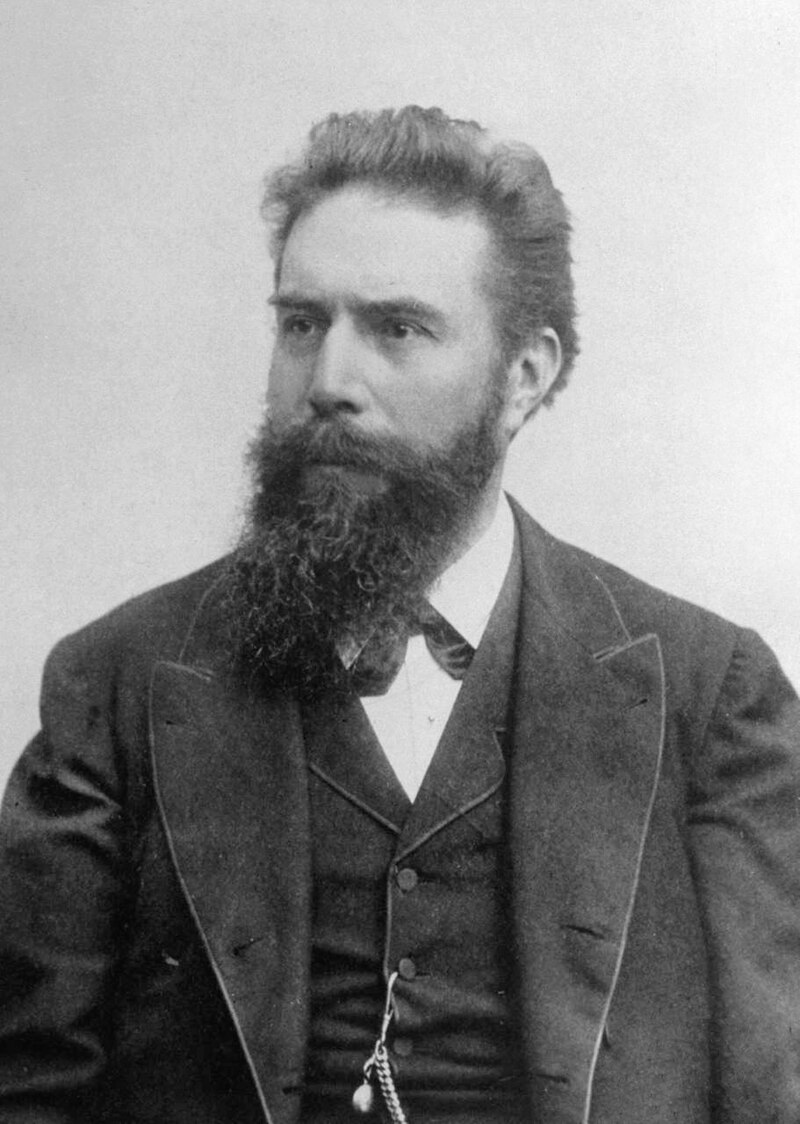
Karl Wilhelm Rontgen
A German physicist recognized for discovering X-rays, which transformed medical imaging and diagnostics. His work laid the foundation for radiology and significantly advanced medical treatment.
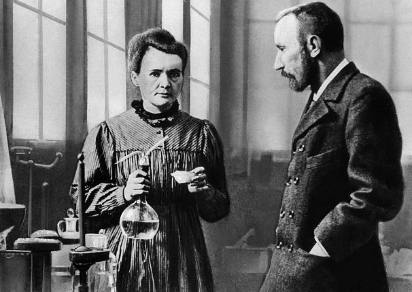
Marie and Pierre Curie
were pioneering scientists known for their research on radioactivity, which led to significant advancements in cancer treatment and the development of radiotherapy. They discovered the radioactive elements polonium and radium, which are used in various medical applications.
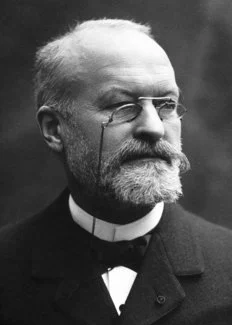
Alphonse Laveran
A French physician and microbiologist who discovered the causative agent of malaria, Plasmodium, in 1880. His work greatly advanced the understanding of infectious diseases and earned him the Nobel Prize in Physiology or Medicine in 1907. He was the first to identify the malaria parasite in mosquitoes, advancing parasitology and public health.
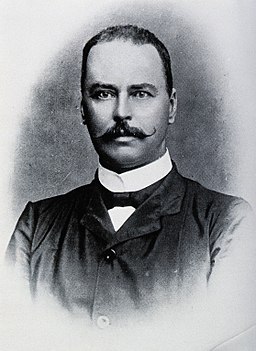
Ronald Ross
A British physician who discovered the life cycle of the malaria parasite, demonstrating that mosquitoes are the vectors for disease transmission. His findings were crucial in malaria prevention and control efforts. He was awarded the Nobel Prize in Physiology or Medicine in 1902 for his groundbreaking research.

Amico Bignami and Giovanni Grassi
were Italian physicians known for their contributions to the study of malaria, particularly in identifying the life cycle of the malaria parasite and its relationship with the Anopheles mosquito. Their work advanced the understanding of malaria transmission and helped shape public health responses. They were instrumental in furthering the understanding of malaria vectors and contributed significantly to parasitology.
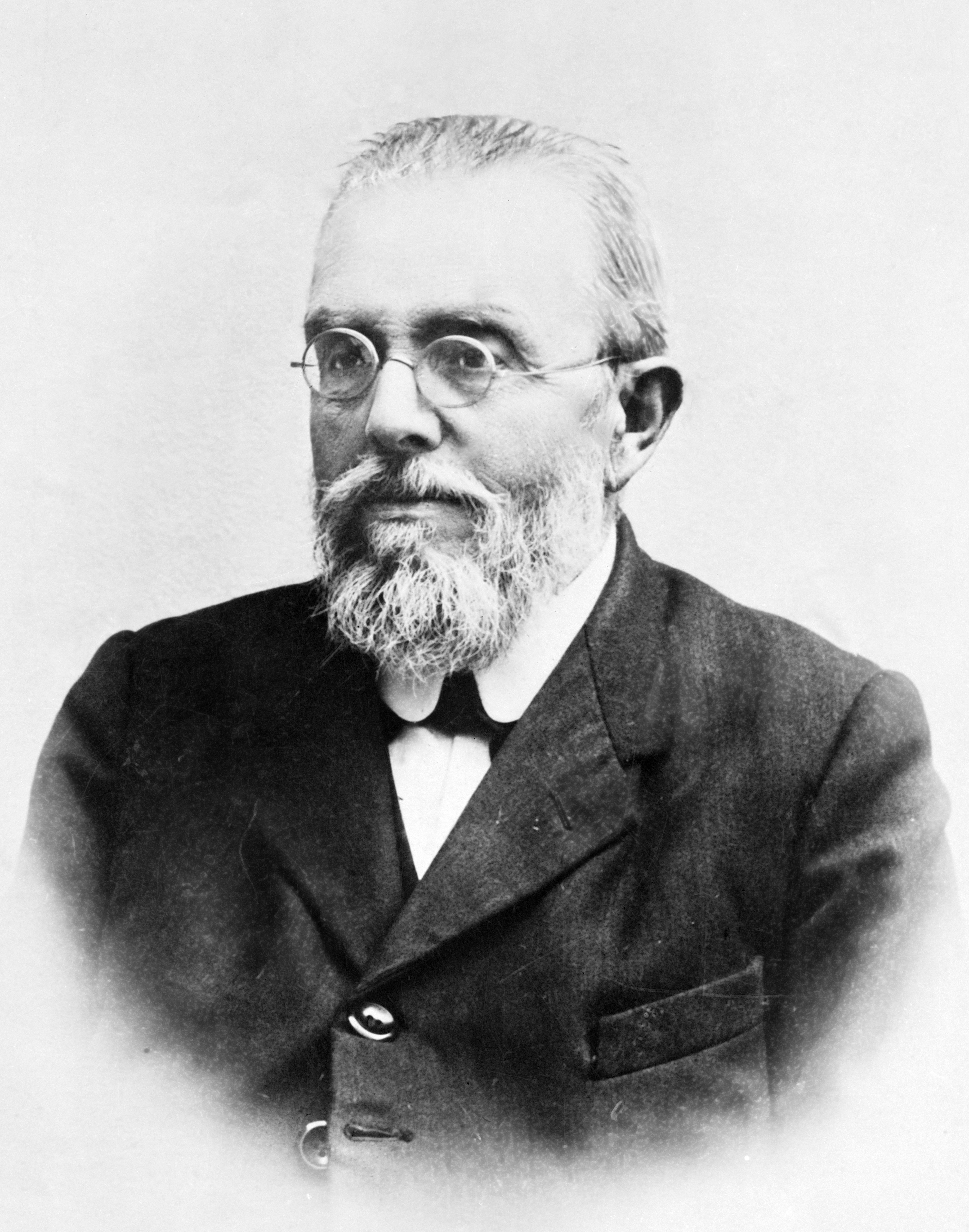
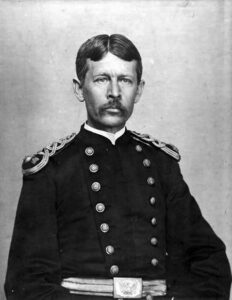
Walter Reed (US Army Yellow Fever Commission)
An American physician and army officer who led research that proved yellow fever is transmitted by mosquitoes. His work was vital in controlling outbreaks and improving public health measures in tropical regions.

Colonel William Crawford Gorgas
was a United States Army physician who played a key role in the control of yellow fever and malaria during the construction of the Panama Canal. His successful implementation of mosquito control measures was instrumental in reducing disease incidence and facilitating the completion of the canal.
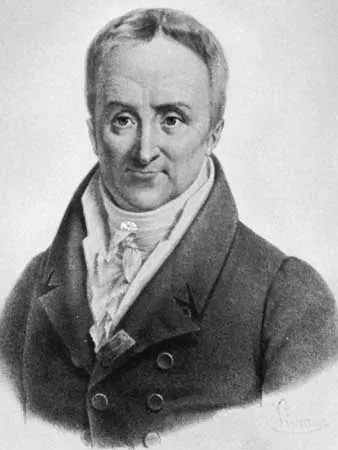
Dr. Philippe Pinel
was a French physician who is considered the father of modern psychiatry. He is best known for his humane treatment of the mentally ill and for advocating the moral treatment approach. His work laid the foundation for psychiatric reform and emphasized the importance of treating patients with dignity and compassion.
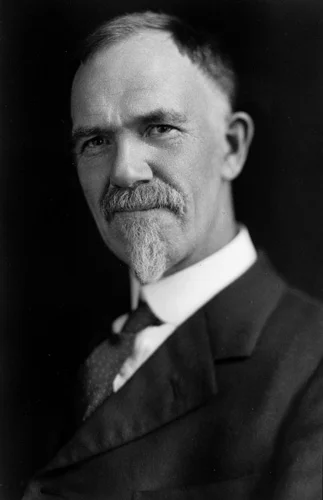
Charles Davenport
was an American biologist and eugenicist known for his work in human heredity and the eugenics movement. He founded the Eugenics Record Office and advocated for the study of genetics to improve the human population. His controversial beliefs influenced public policy and social attitudes towards genetics and reproduction in the early 20th century.

Madison Grant
was an American lawyer, conservationist, and eugenicist best known for his work in promoting the eugenics movement and for his controversial book "The Passing of the Great Race." His ideas on race and immigration influenced policies in the early 20th century. He was a prominent figure advocating for the superiority of certain racial groups, contributing to eugenic ideologies.
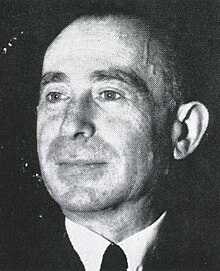
Manfred Sakel
was an Austrian-born psychiatrist known for developing insulin shock therapy for treating psychiatric disorders, particularly schizophrenia. His work significantly impacted the field of psychiatry in the mid-20th century. He emphasized the use of insulin to induce comas, which he believed could alleviate symptoms of mental illness.
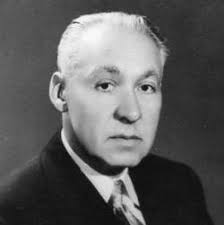
Ladislas von Meduna
was a Hungarian psychiatrist recognized for introducing the method of inducing seizures via metrazol as a treatment for schizophrenia. His approach aimed to leverage the effects of convulsions on mental health, contributing to the evolution of psychiatric therapies.
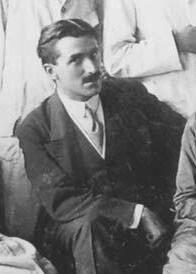
Ugo Cerletti
was an Italian psychiatrist credited with developing electroconvulsive therapy (ECT) for treating severe mental disorders. His innovation provided a new avenue for psychiatric treatment in the 20th century, significantly influencing mental health care practices. He introduced the use of electrical currents to induce seizures, which were believed to help alleviate severe symptoms of mental illness.
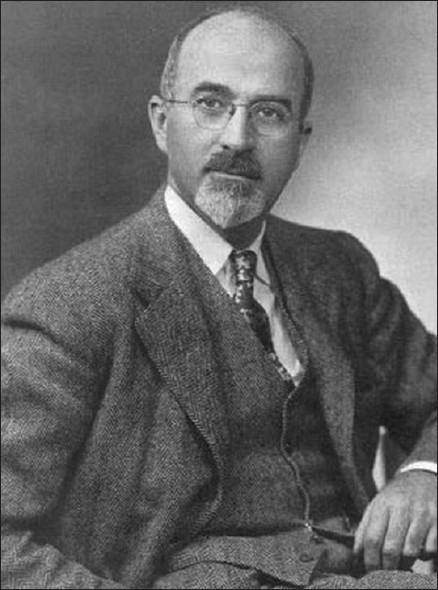
Walter Freeman
was an American neurologist and psychiatrist known for popularizing lobotomy as a treatment for severe mental illness. His controversial methods and advocacy for the procedure greatly influenced the landscape of psychiatric treatment in the mid-20th century. He performed thousands of lobotomies, often using an ice pick-like instrument through the eye socket, believing it could alleviate mental illness symptoms.

Harold Gillies
was a pioneering New Zealand-born surgeon known for his work in reconstructive surgery, particularly in treating soldiers injured during World War I. He is often regarded as the father of plastic surgery for developing innovative techniques to restore facial features.
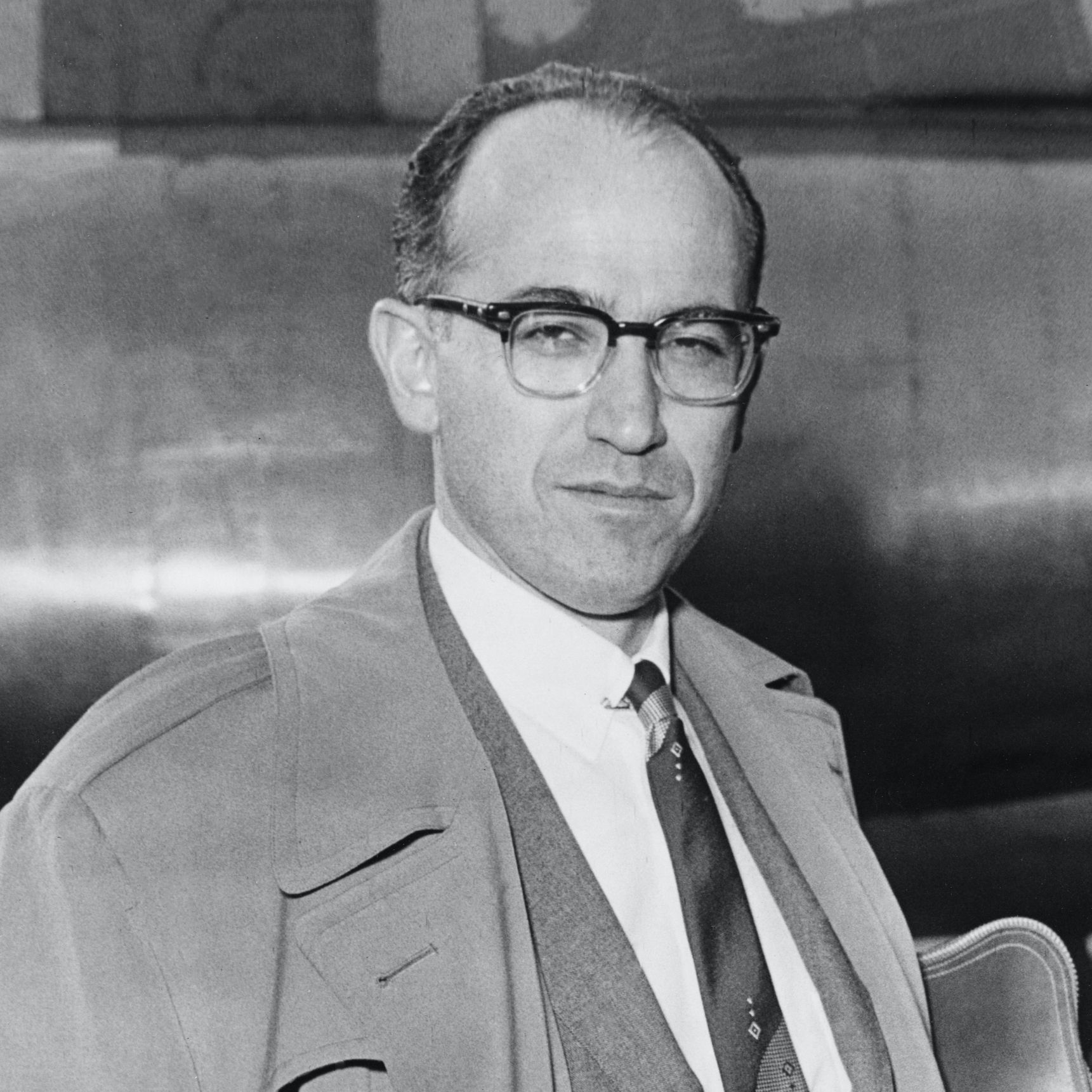
Jonas Salk
was an American medical researcher and virologist best known for developing the first successful polio vaccine. His work significantly reduced the incidence of poliomyelitis and improved public health worldwide.
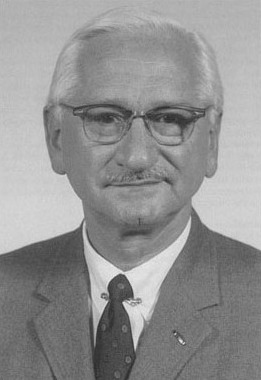
Albert Sabin
was an American medical researcher and virologist best known for developing the oral polio vaccine. His vaccine became instrumental in the global effort to eradicate poliomyelitis, providing a more easily administered alternative to Salk's injectable vaccine. used a weakened form of the virus, allowing for community immunity and mass vaccination campaigns.
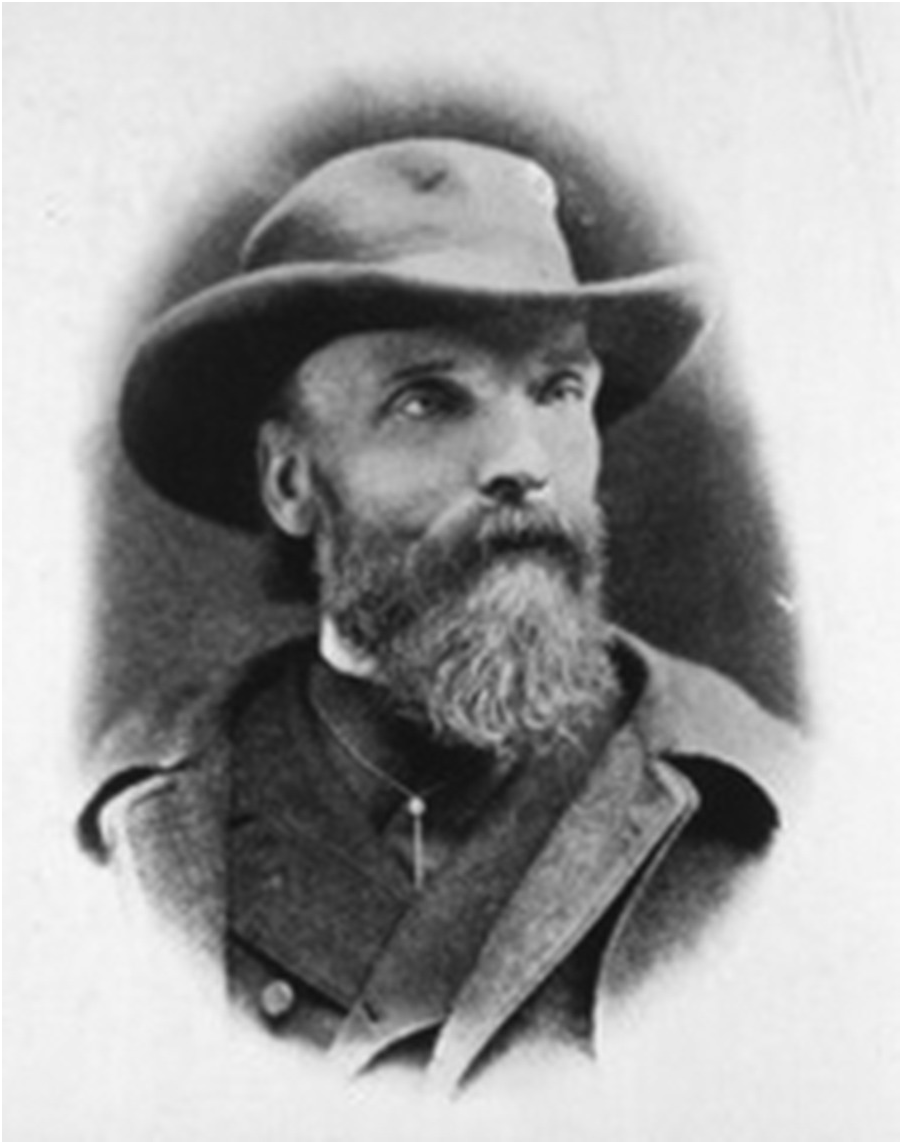
Emil Noeggerath
was a notable figure in the field of medicine known for his contributions to surgical advancements and medical education in Europe during the 19th century. He was particularly recognized for developing innovative surgical techniques and contributing to the training of surgeons, which significantly influenced modern practices in the field.
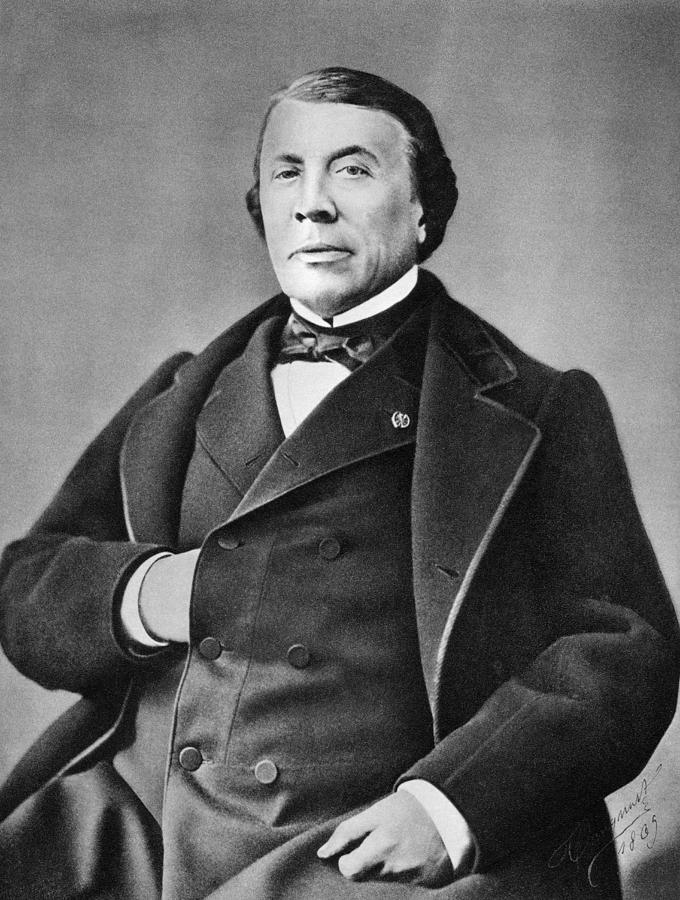
Phillipe Ricord
was a French surgeon and one of the founders of modern urology, known for his pioneering work in the treatment of venereal diseases and for developing innovative surgical techniques. He is credited for advancing the understanding of syphilis and its treatment, and he played a key role in establishing sanitary surgical practices.
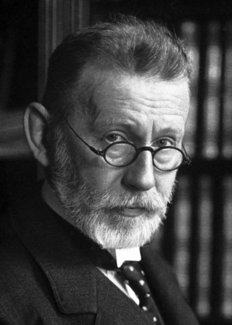
Paul Ehrlich
was a German physician and scientist known for his pioneering work in immunology and chemotherapy. He is best known for developing the first effective treatment for syphilis, Salvarsan, and for his contributions to the field of antibody theory. Ehrlich was a key figure in medicinal chemistry, earning him the Nobel Prize in Physiology or Medicine in 1908 for his work on immune responses and the creation of targeted therapies.
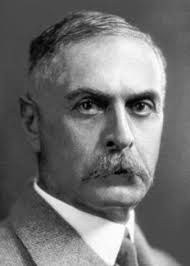
Karl Landsteiner
was an Austrian immunologist and pathologist renowned for discovering blood groups and the Rh factor. His work laid the foundation for safe blood transfusions and significantly advanced the field of transfusion medicine. He received the Nobel Prize in Physiology or Medicine in 1930 for his contributions to blood typing and immune responses.
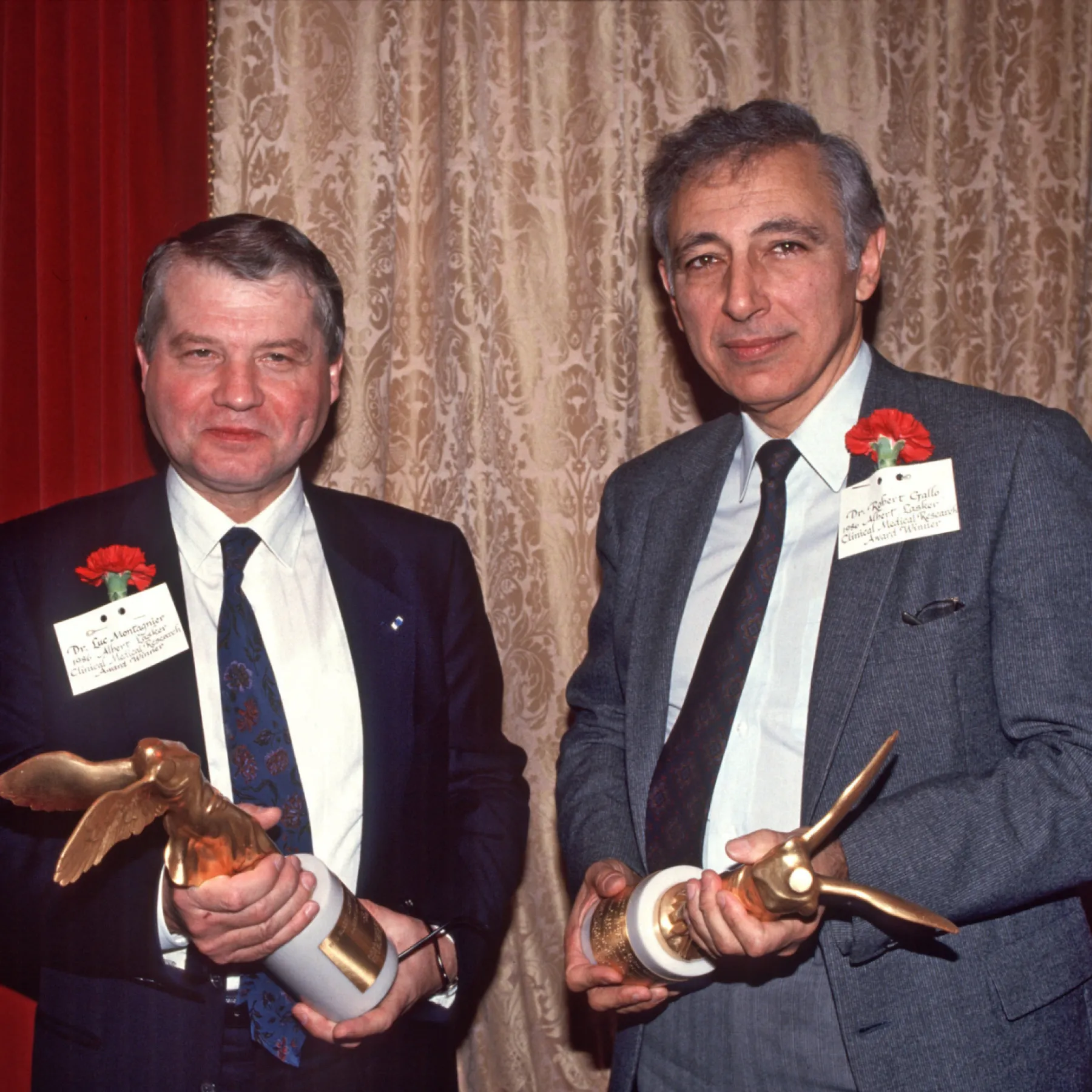
Luc Montagnier & Robert Gallo
were scientists credited with the discovery of the human immunodeficiency virus (HIV), which is the cause of AIDS. Their groundbreaking work in the 1980s was pivotal in understanding the virus and advancing research for its treatment. They each led separate research teams that identified HIV and its role in the immune system's decline.
Symptoms and discovery of Cholera
Cholera is characterized by severe diarrhea, vomiting, and dehydration caused by the bacterium Vibrio cholerae. The discovery of the disease was significantly advanced by John Snow's investigation during the 1854 outbreak in London, identifying contaminated water as the source.
Symptoms and discovery of Tuberculosis
Tuberculosis (TB) is a contagious infection primarily affecting the lungs, characterized by symptoms such as persistent cough, fever, night sweats, and weight loss. The bacterium Mycobacterium tuberculosis is the causative agent, and significant advances in understanding TB were made in the late 19th century with research by Robert Koch, who identified the bacterium in 1882.
Symptoms and discovery of Malaria
Malaria is a disease caused by parasites transmitted through the bites of infected female Anopheles mosquitoes, leading to symptoms such as fever, chills, and flu-like illness. The discovery of malaria's transmission was greatly advanced by Sir Ronald Ross in the late 19th century, who demonstrated the life cycle of the parasite in mosquitoes.
Symptoms and discovery of Yellow Fever
Yellow Fever is a viral disease transmitted by the bite of infected Aedes or Haemagogus mosquitoes, causing symptoms like fever, chills, loss of appetite, and muscle pain. The significant discovery of its transmission was made by Walter Reed in the early 20th century, confirming the role of mosquitoes in spreading the disease.
Symptoms and treatment of Mental Illness 18th-19th century
Mental illness during the 18th and 19th centuries was often mischaracterized as moral failing or supernatural possession, with treatments ranging from confinement in asylums to physical restraints. Progressive thinkers like Philippe Pinel advocated for humane treatment, emphasizing care and understanding. However, many still resorted to ineffective treatments, including bloodletting and the use of physical restraints.
Symptoms and discovery of Spanish Influenza
Spanish Influenza was a viral pandemic that swept the globe in 1918-1919, causing symptoms such as high fever, chills, fatigue, and severe respiratory distress. Its rapid spread and high mortality rate highlighted the importance of understanding influenza transmission and led to advances in public health measures.
Symptoms and discovery of Poliomyelitis
Poliomyelitis, or polio, is an infectious viral disease that primarily impacts the nervous system, often leading to paralysis. Symptoms include fever, fatigue, headache, and muscle weakness, with significant progress in understanding its transmission made through the work of researchers like Jonas Salk, who developed the first effective vaccine in the 1950s.
Symptoms and discovery of Syphilis
Syphilis is a sexually transmitted infection caused by the bacterium Treponema pallidum, characterized by symptoms that develop in stages, including sores, rashes, and, if untreated, serious complications affecting the heart, brain, and other organs. The disease was historically misattributed to moral or social failings, but its serious nature led to significant medical research and treatment advancements.
Symptoms and discovery of HIV/AIDS
HIV/AIDS is a viral infection caused by the human immunodeficiency virus (HIV), leading to the progressive failure of the immune system. Symptoms may include flu-like signs initially and can progress to severe immune deficiency, resulting in opportunistic infections and certain cancers if untreated. Advances in antiretroviral therapy have transformed HIV from a fatal disease to a manageable chronic condition.
Symptoms and discovery of Leprosy
Cholera is an acute diarrheal illness caused by ingestion of contaminated water or food, leading to severe dehydration and potentially death if untreated. Its historical impact includes significant public health reforms and advancements in sanitation and epidemiology, notably influenced by John Snow's work during the 1854 outbreak in London.
Symptoms and discovery of Plague
The Plague, particularly the Black Death, is caused by the bacterium Yersinia pestis, leading to symptoms such as fever, chills, and swollen lymph nodes. It historically resulted in widespread mortality, significant societal changes, and advancements in quarantine and public health measures.
Symptoms and discovery of Smallpox
Smallpox is a highly contagious viral infection caused by the variola virus, characterized by fever and a distinctive rash that produces fluid-filled pustules. It has a significant history, leading to the development of the first vaccine by Edward Jenner in the late 18th century, ultimately resulting in the disease's worldwide eradication.
Symptoms and discovery of Scurvy
Scurvy is a disease caused by a deficiency of vitamin C, leading to symptoms like fatigue, swollen gums, joint pain, and anemia. It historically affected sailors during long voyages and prompted the inclusion of citrus fruits in their diets as a preventive measure.
Historical impact of Cholera
Public Health Reforms: Devastating cholera outbreaks spurred the development of modern sanitation systems, including water filtration and sewage systems, in cities worldwide. John Snow's epidemiological work during the 1854 London outbreak, which traced the source to a contaminated water pump, is a landmark example leading to significant changes in urban planning and public health practices.
Economic Impact: Cholera outbreaks caused significant economic disruption. Quarantines and travel restrictions hindered trade and commerce. High mortality rates reduced the workforce, affecting productivity and economic output. The cost of healthcare and sanitation infrastructure put additional strain on economies.
Social Impact: Cholera created widespread panic and social disruption. Communities often faced stigmatization and blame, particularly targeting marginalized populations. Emergency measures, such as the establishment of temporary hospitals and mass burials, underscored the severity of the crises and reshaped social responses to epidemics.
Cultural Impact: The outbreaks influenced art, literature, and folklore, reflecting societal fears and experiences. Religious interpretations of cholera as divine punishment led to changes in cultural practices and beliefs related to hygiene and disease prevention.
Medical Science: Cholera epidemics drove advancements in microbiology and epidemiology. The identification of Vibrio cholerae as the causative agent and the understanding of its transmission mechanisms were critical milestones. These developments paved the way for improved diagnostic techniques and treatment strategies, including oral rehydration therapy.
Cholera outbreaks were significant and deadly events that prompted the implementation of public health initiatives, urban planning, and scientific research to reduce transmission and save lives.
Historical impact of Tuberculosis
Social Impact:
Stigma and Discrimination: TB has historically carried a strong social stigma, leading to discrimination against patients and their families. This stigma often resulted in social isolation and reduced opportunities for those affected.
Community Response: TB outbreaks led to the establishment of sanatoriums and public health campaigns aimed at controlling the disease's spread. These efforts involved community-wide screening, education, and quarantine measures.
Impact on Family Structure: TB often affected multiple family members due to close living conditions, resulting in significant emotional and economic strain on families. High mortality rates among young adults disrupted family structures and left many children orphaned.
Cultural Impact:
Art and Literature: TB became a common theme in art, literature, and music, romanticizing the disease while also portraying the suffering it caused. Works such as La Bohème and The Magic Mountain reflect the cultural fascination with TB.
Social Norms: TB influenced social norms and behaviors related to hygiene and personal space. Public health campaigns promoted practices such as covering one's mouth when coughing and avoiding crowded spaces.
Architecture and Design: The design of sanatoriums, with their emphasis on fresh air and sunlight, influenced architectural trends and the development of health-focused building designs.
Economic Impact:
Healthcare Costs: TB treatment, including long-term stays in sanatoriums, imposed significant costs on individuals and healthcare systems. The economic burden was particularly heavy for low-income families.
Loss of Productivity: TB primarily affected young adults, leading to a significant loss of productivity and economic output. The disease reduced the workforce and slowed economic growth.
Public Health Investments: Efforts to combat TB spurred investments in public health infrastructure, including the establishment of hospitals, clinics, and research institutions. These investments had broader benefits for overall healthcare and disease prevention.
Political and Policy Impact:
Public Health Legislation: TB outbreaks led to the enactment of public health laws and regulations aimed at controlling the disease's spread. These measures included mandatory reporting, screening, and treatment programs.
International Cooperation: The fight against TB fostered international cooperation in research, prevention, and treatment efforts. Organizations such as the World Health Organization (WHO) played a key role in coordinating global TB control programs.
Social Welfare Programs: The economic consequences of TB led to the development of social welfare programs to support affected individuals and families. These programs provided financial assistance, healthcare, and other forms of support.
TB has had a wide-ranging impact on society, culture, and the economy, driving significant changes in public health practices, social norms, and healthcare systems.
Historical impact of Malaria
Social Impact:
Population Movements: Malaria's prevalence in certain regions has historically influenced human settlement patterns, with populations avoiding areas of high transmission.
Public Health Measures: Malaria control efforts have led to the development of public health strategies, including insecticide spraying, mosquito net distribution, and medication programs.
Stigma and Discrimination: Malaria has often been associated with poverty and certain ethnic groups, leading to stigma and discrimination against affected communities.
Cultural Impact:
Traditional Medicine: In many cultures, traditional remedies and practices have been developed to prevent and treat malaria, reflecting local knowledge and beliefs.
Art and Literature: Malaria has appeared in various forms of cultural expression, including art, literature, and folklore, often symbolizing disease, suffering, and resilience.
Social Practices: Social behaviors, such as sleeping habits and outdoor activities, have been influenced by the need to avoid mosquito bites and reduce malaria transmission.
Economic Impact:
Healthcare Costs: Malaria treatment and prevention consume significant healthcare resources, particularly in endemic regions, diverting funds from other essential services.
Loss of Productivity: Malaria-related illness reduces labor force participation and productivity, impacting economic output in agriculture, industry, and other sectors.
Tourism and Investment: Malaria transmission can deter tourism and foreign investment, limiting economic opportunities in affected countries.
Political and Policy Impact:
Colonialism and Imperialism: Malaria played a role in shaping colonial expansion, with European powers facing challenges in controlling malaria-prone territories.
International Cooperation: Malaria control has been a focus of international health initiatives, with organizations such as the World Health Organization (WHO) coordinating global efforts.
Public Health Policies: Governments in malaria-endemic countries have implemented various policies, including vector control, drug distribution, and health education, to combat the disease.
Malaria's historical impact is extensive, influencing social behaviors, cultural practices, economic development, and political strategies
Historical impact of Yellow Fever
Social Impact:
Public Health Measures: Yellow fever outbreaks prompted the development and implementation of public health measures, including quarantine, sanitation, and mosquito control campaigns.
Community Response: Yellow fever epidemics often led to community mobilization and the establishment of temporary hospitals and healthcare facilities.
Stigma and Discrimination: Yellow fever outbreaks could lead to stigma
Economic Impact:
Trade Disruption: Outbreaks could halt commerce and trade, as affected areas were often quarantined to prevent the disease from spreading. This disruption led to economic losses for both local and international economies.
Infrastructure Projects: Yellow fever outbreaks complicated major construction projects, notably the Panama Canal. Combating the disease required significant investment in sanitation and healthcare infrastructure, adding to the overall cost of the project.
Public Health Investment: Yellow fever prompted investment in public health infrastructure and research. Funding was allocated for disease surveillance, vaccine development, and mosquito control programs, advancing medical and scientific knowledge.